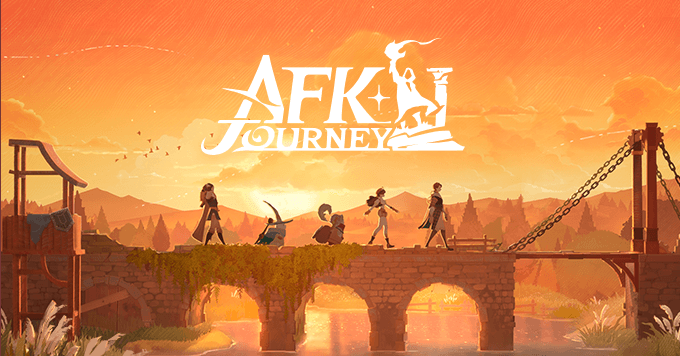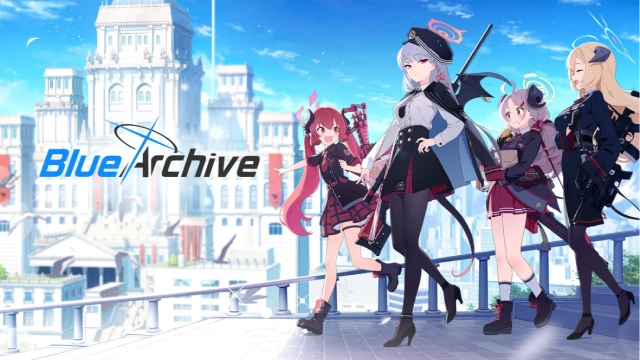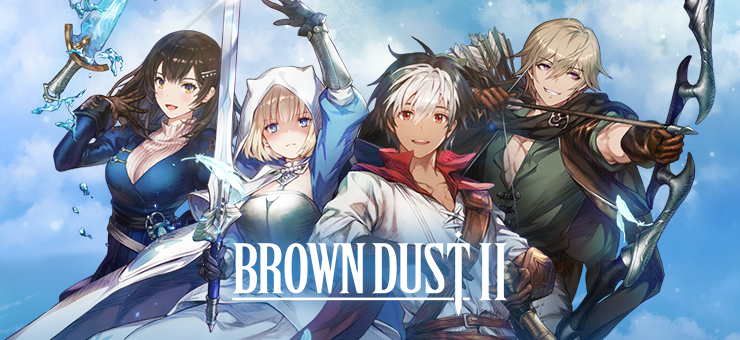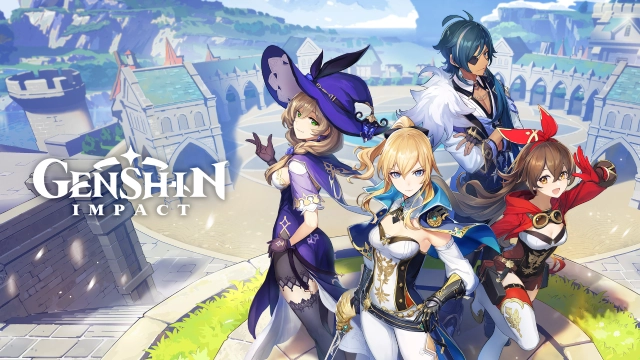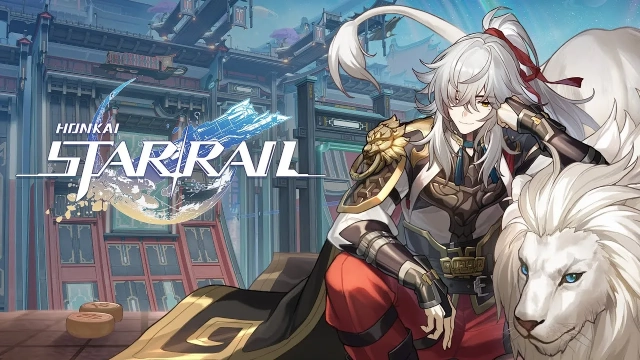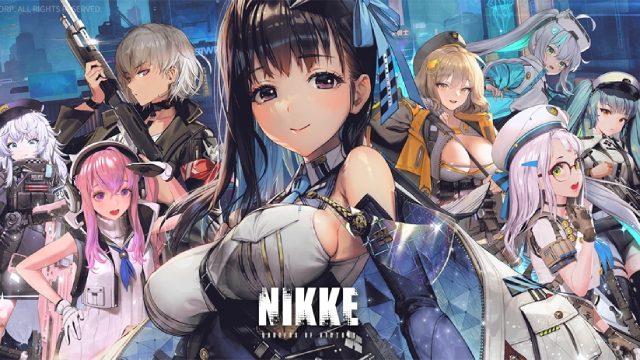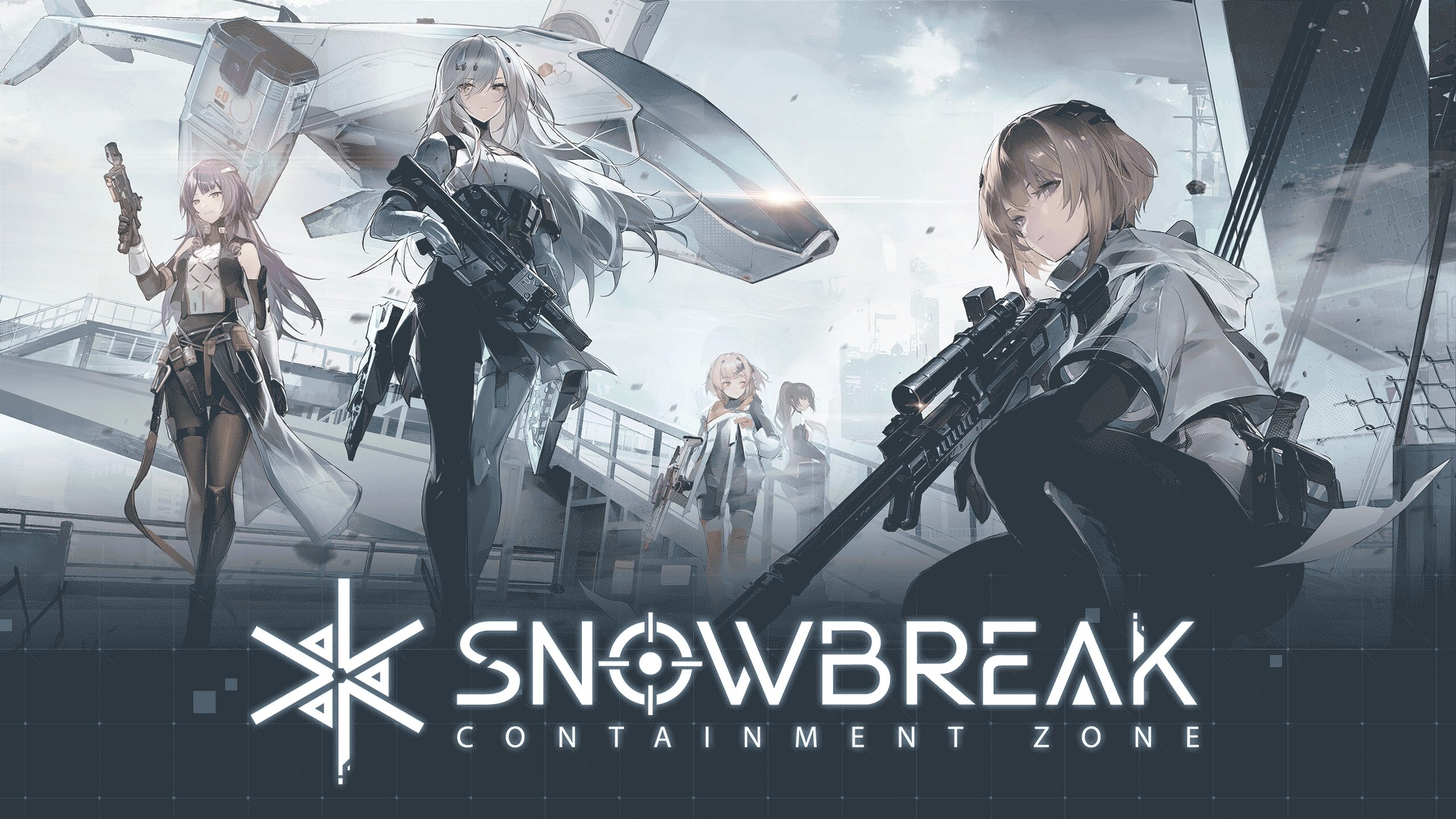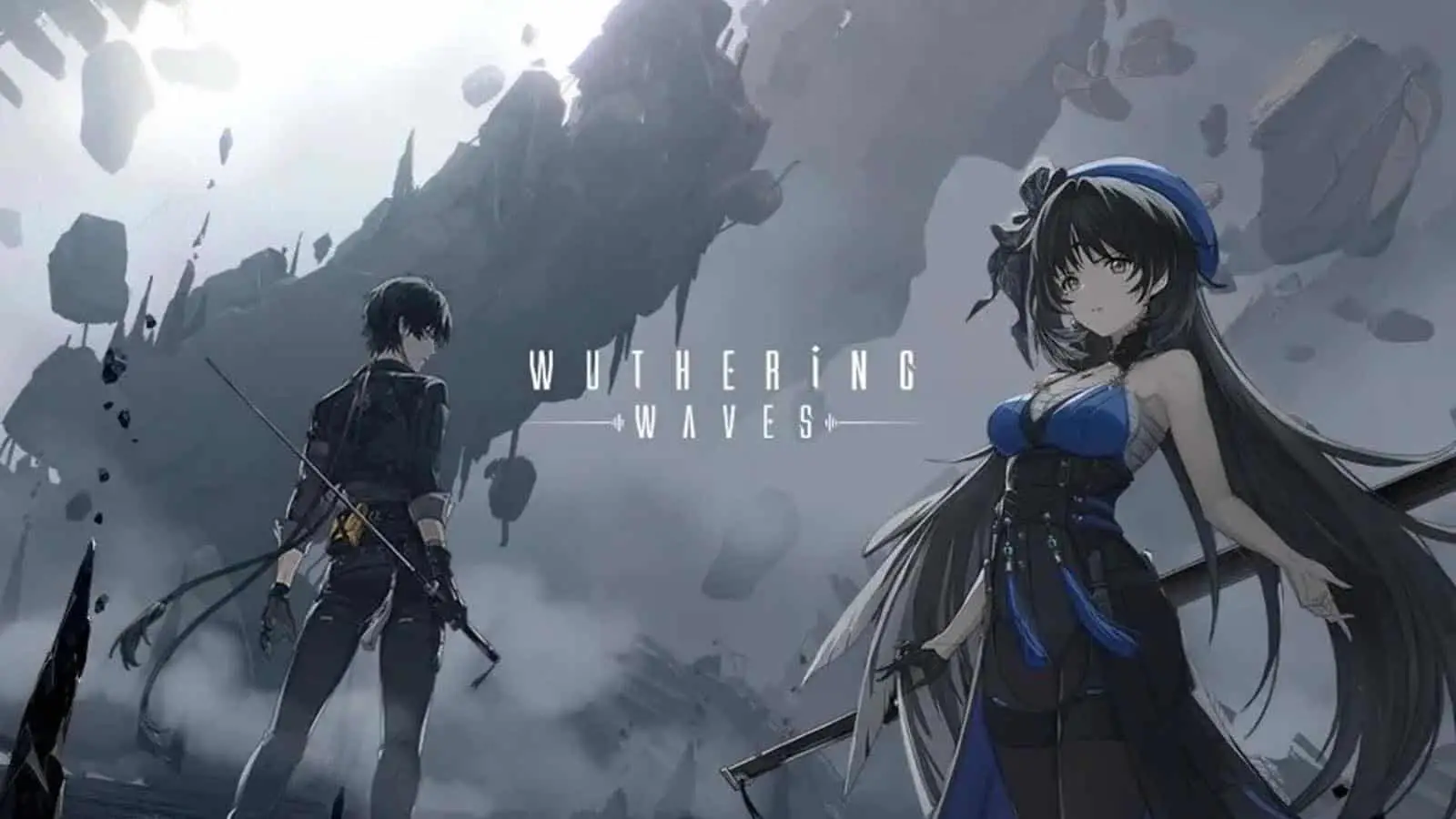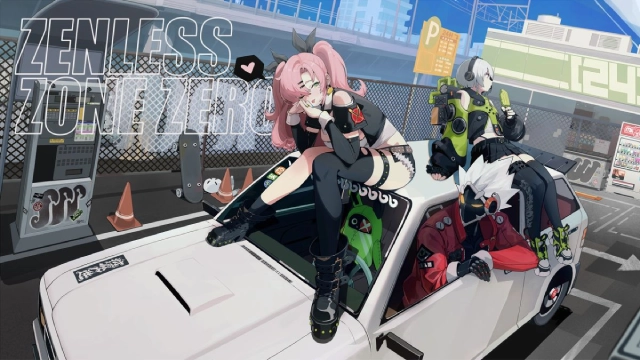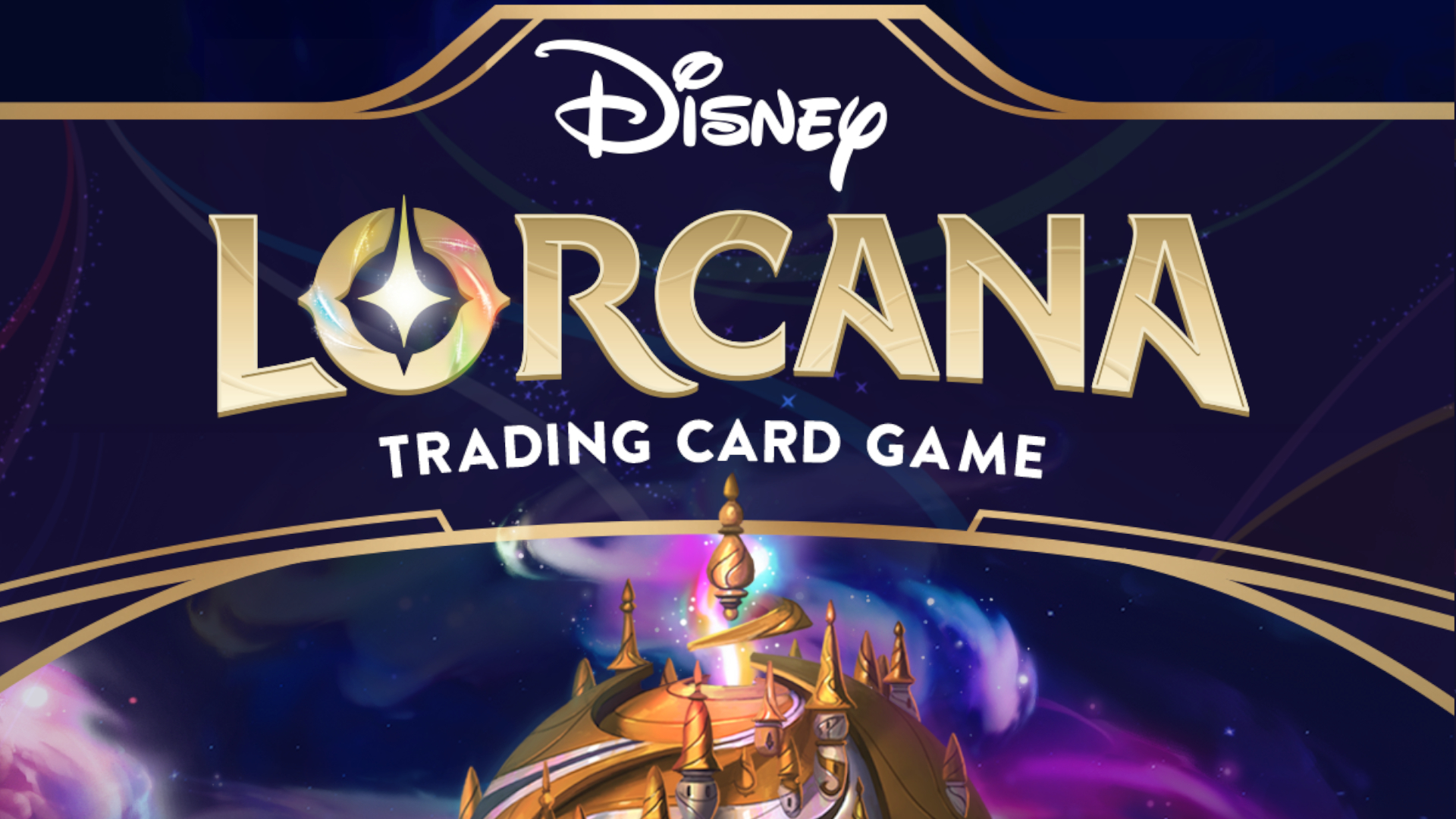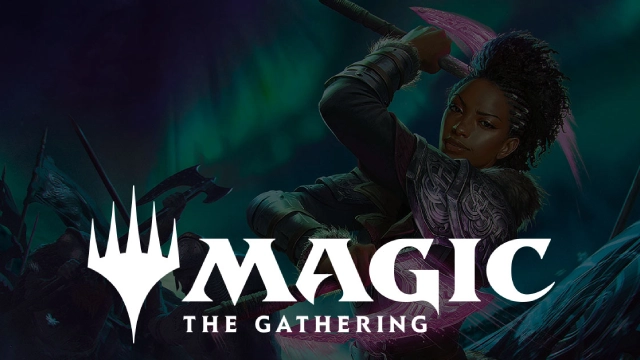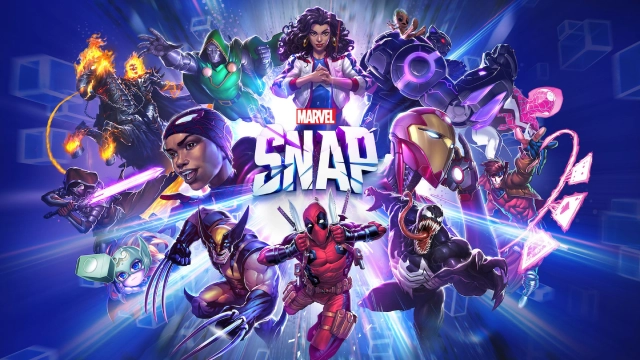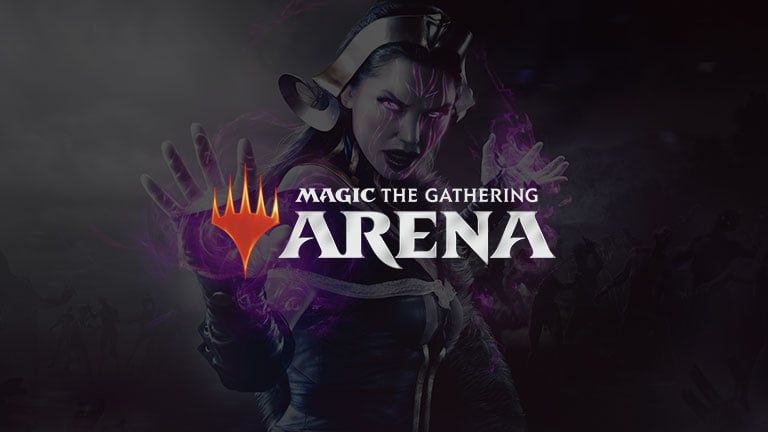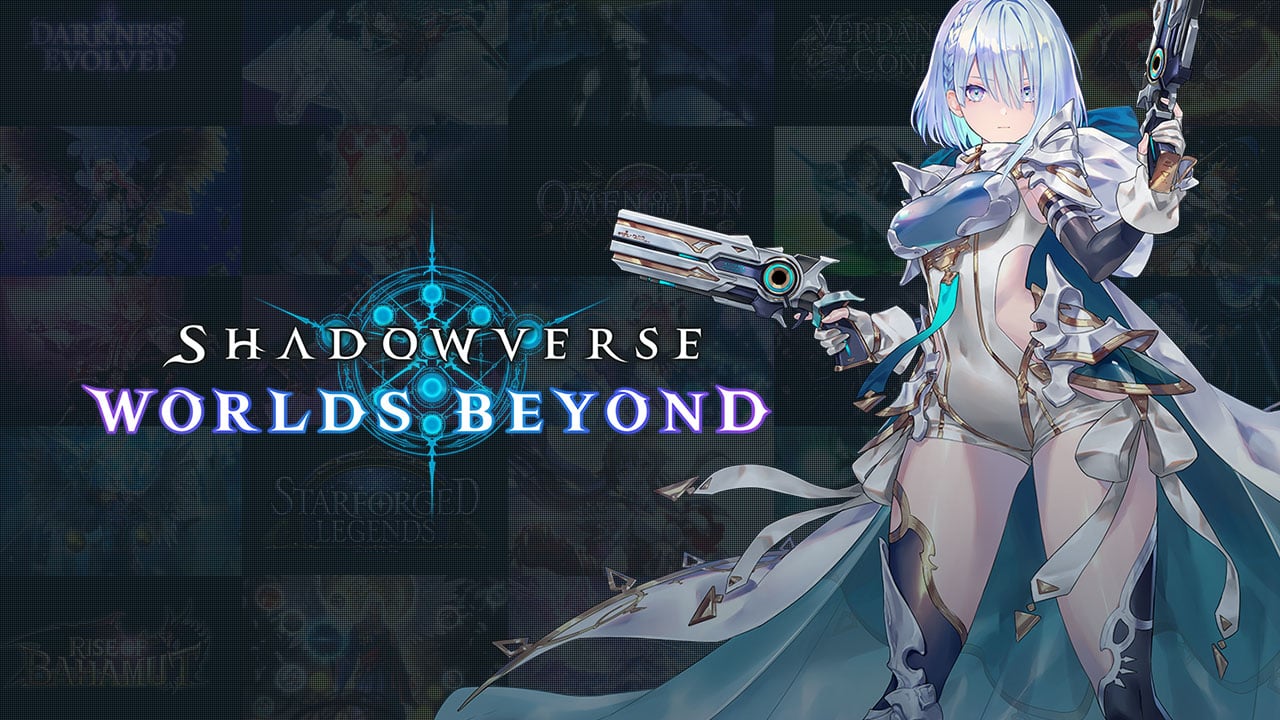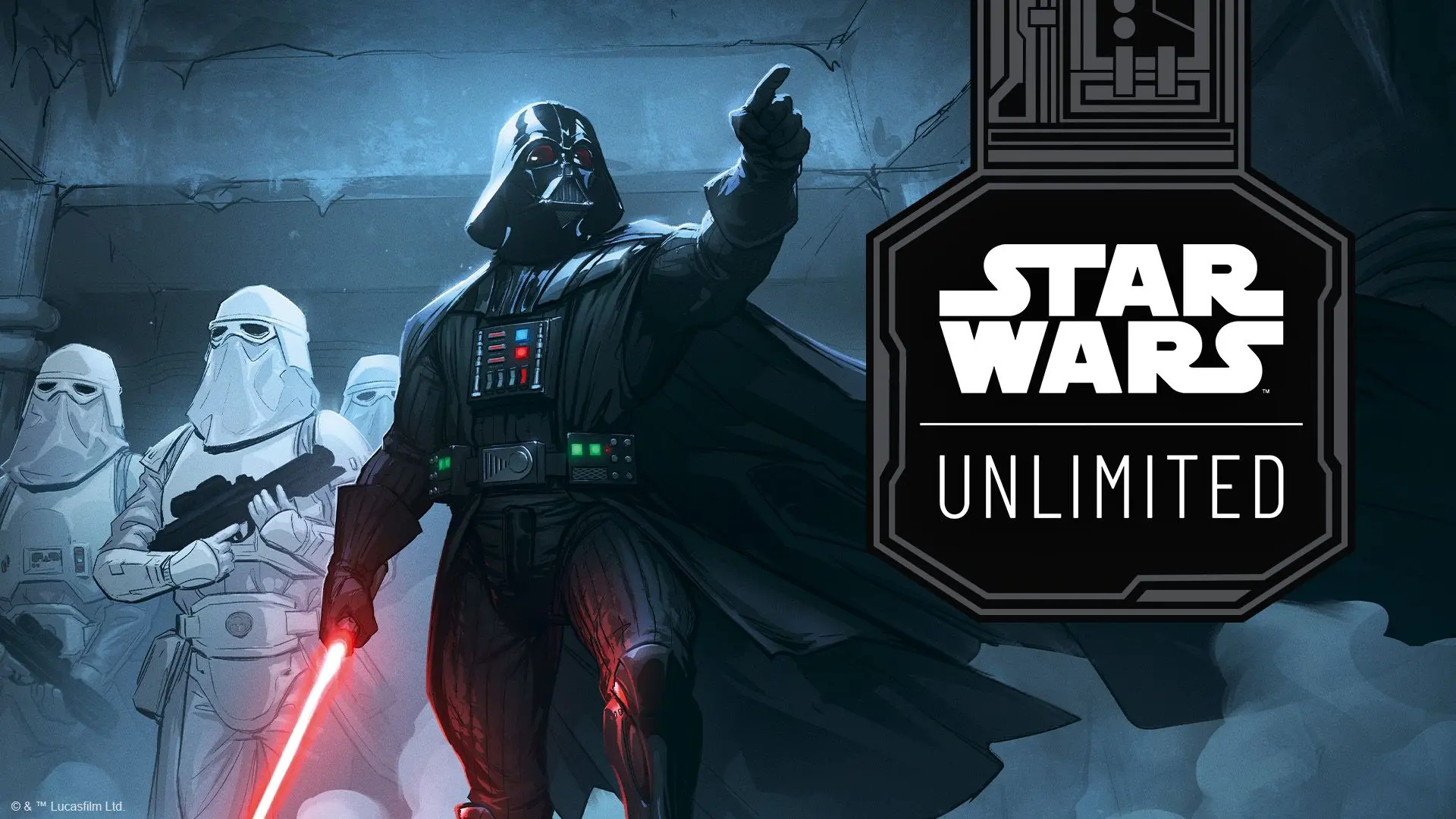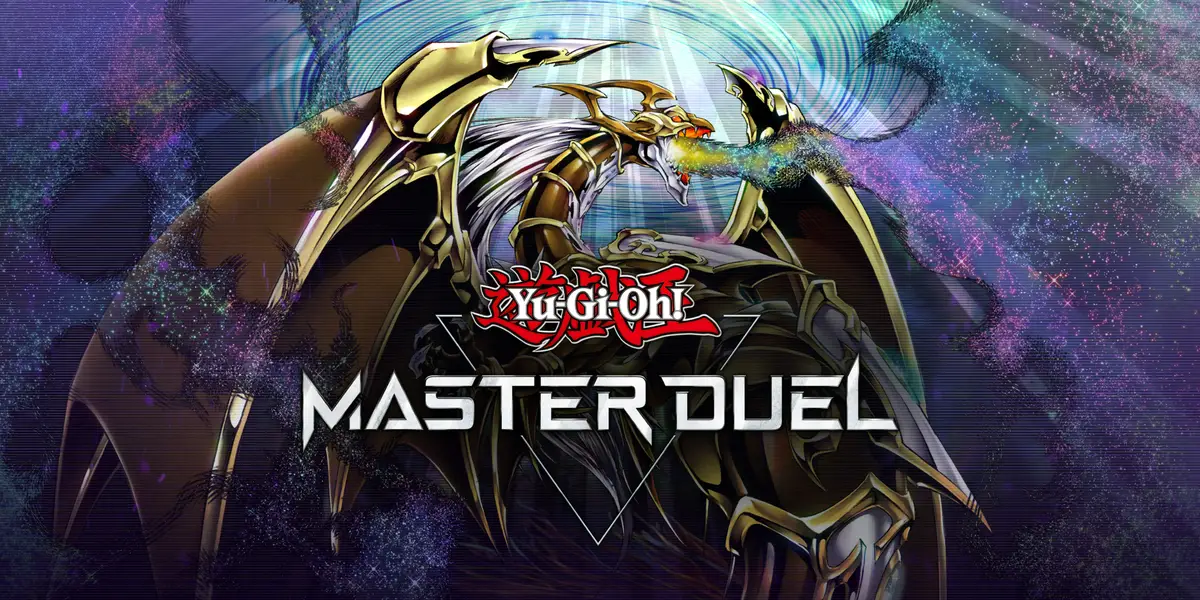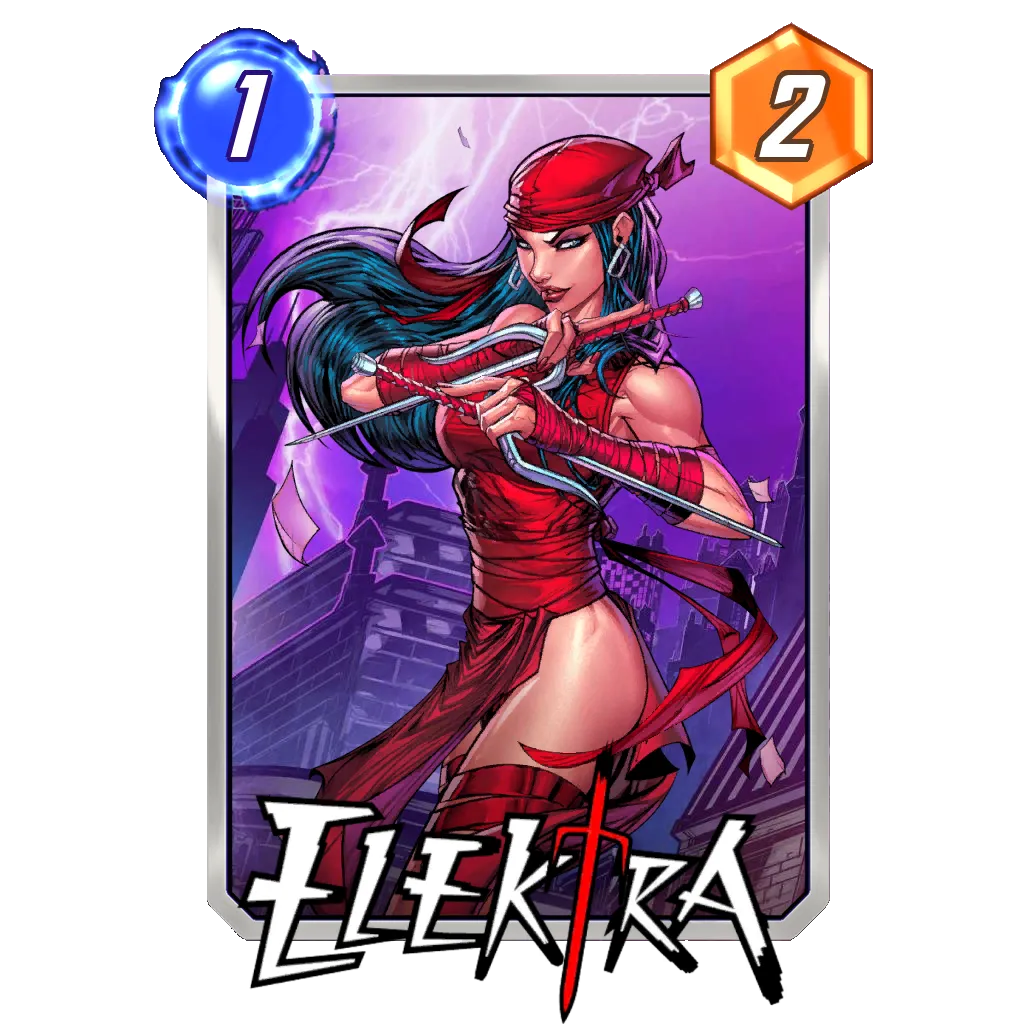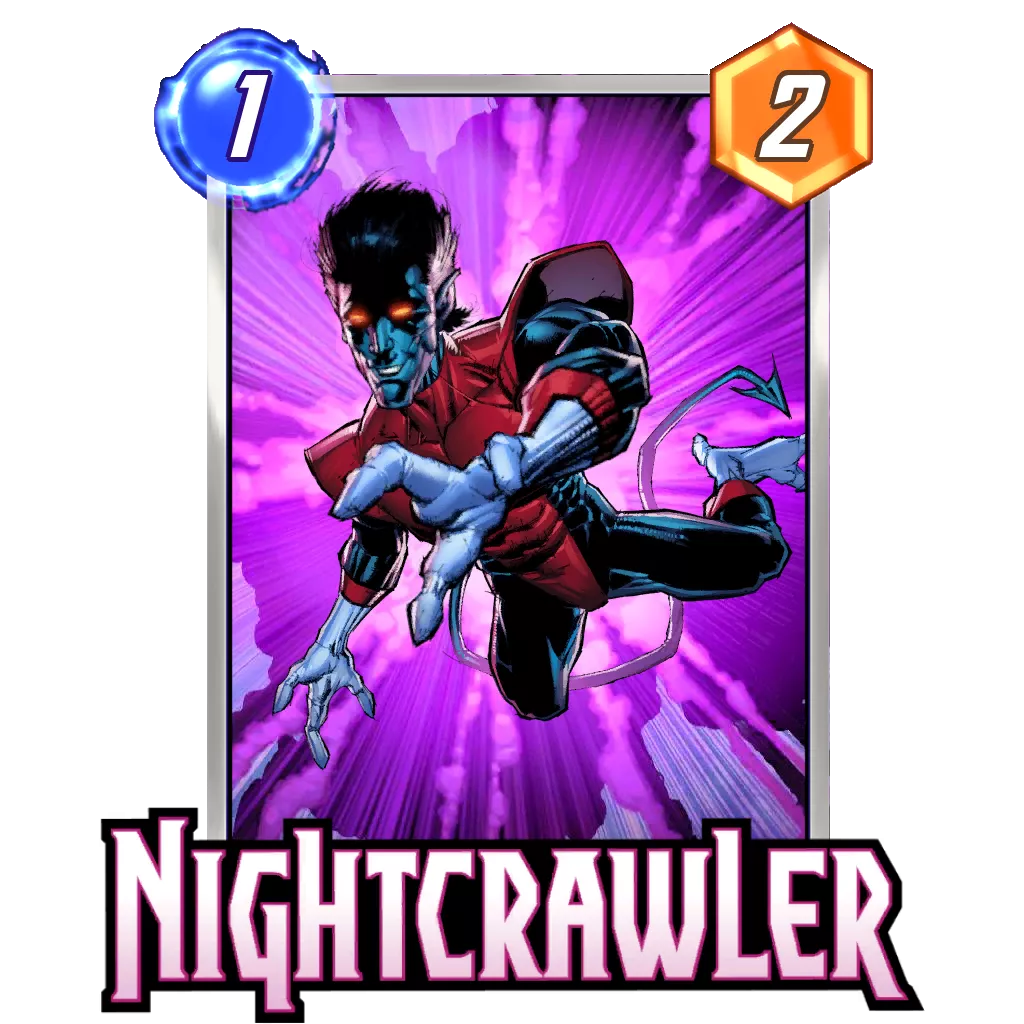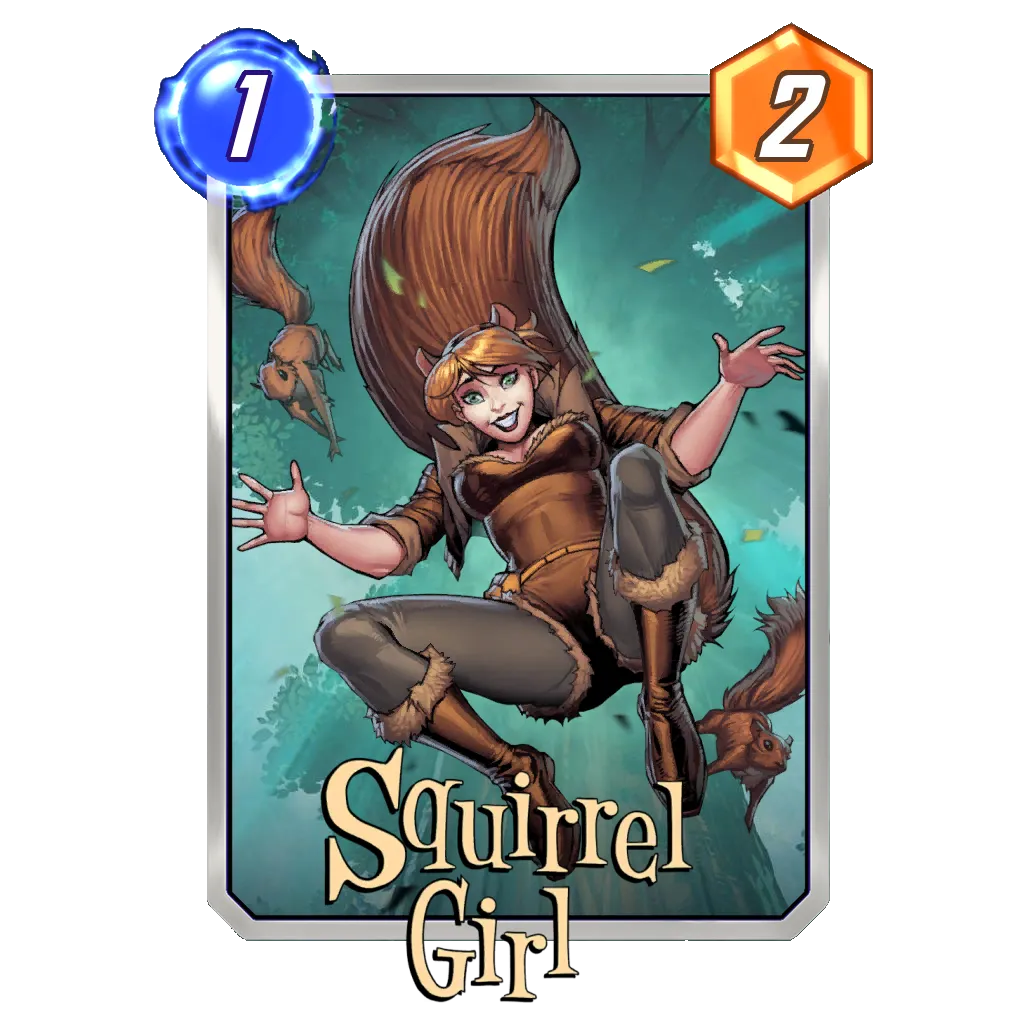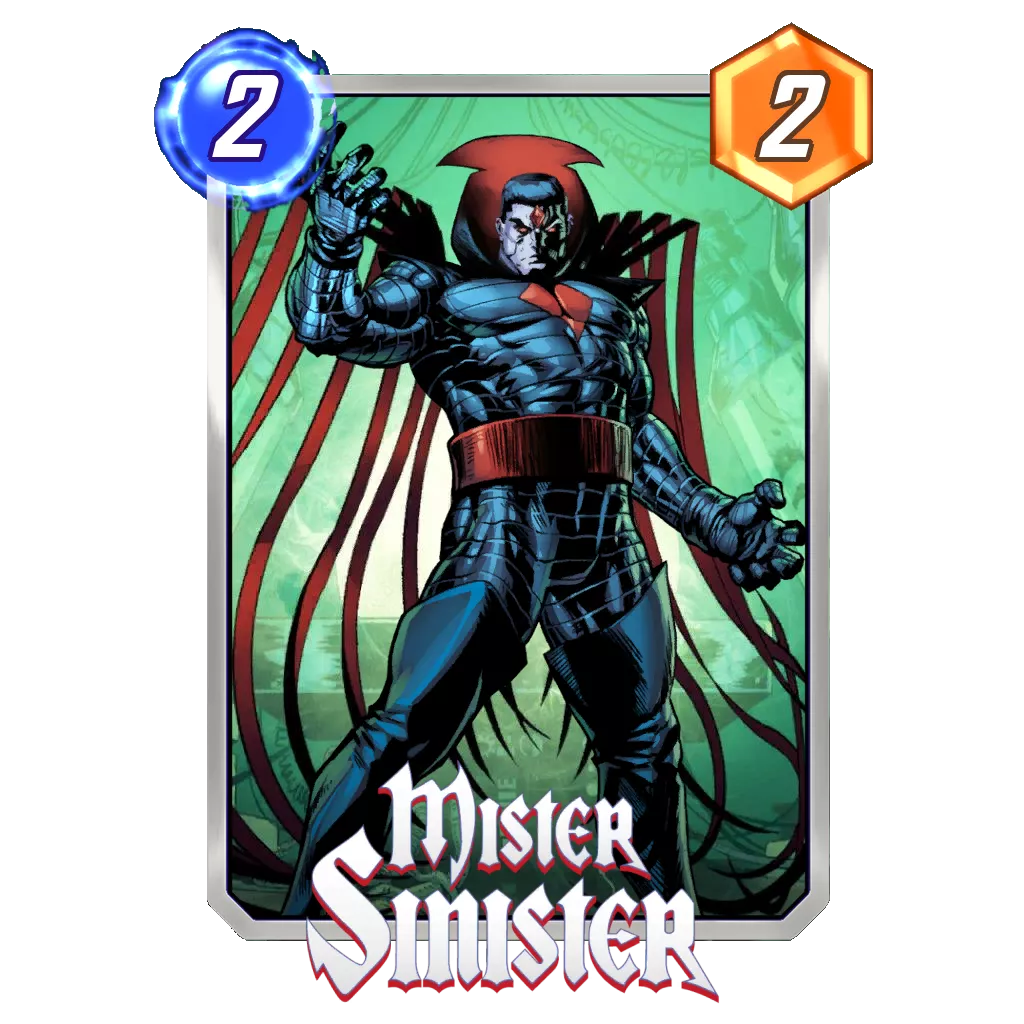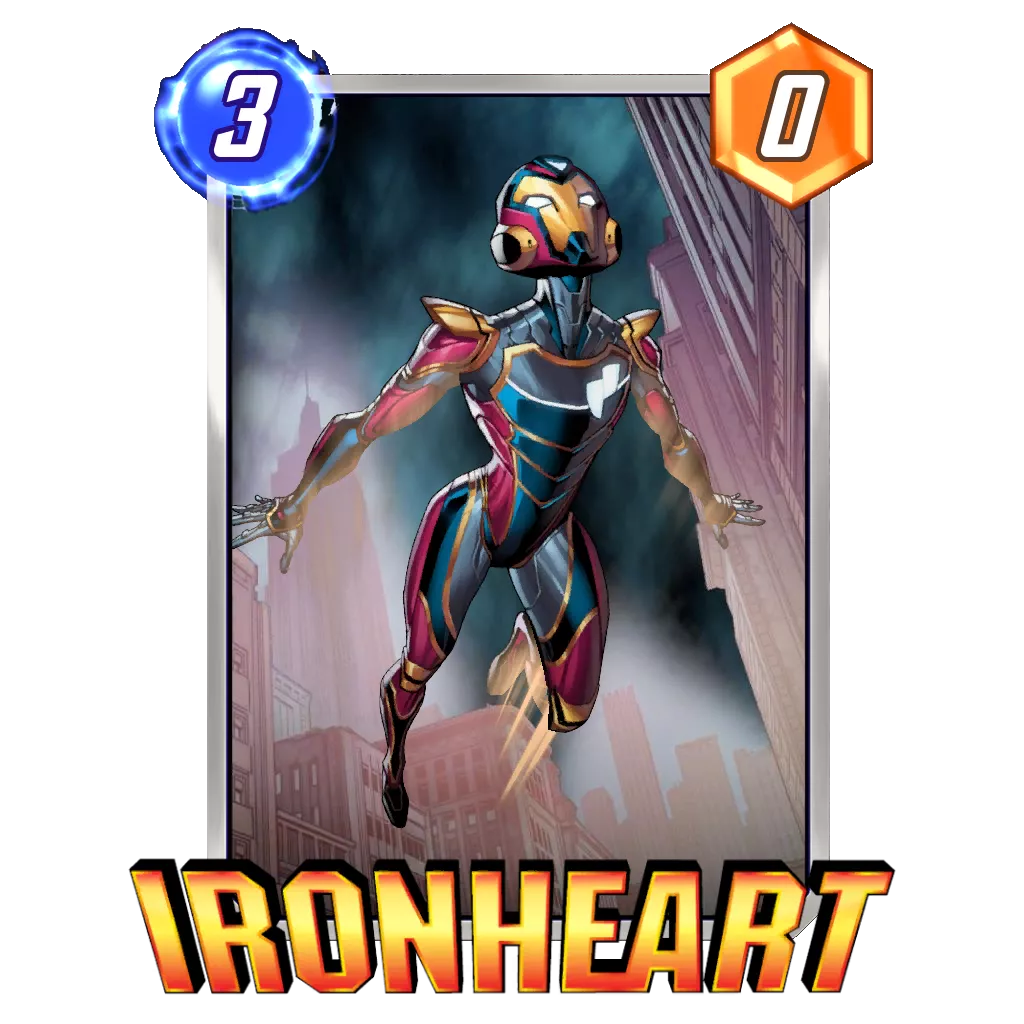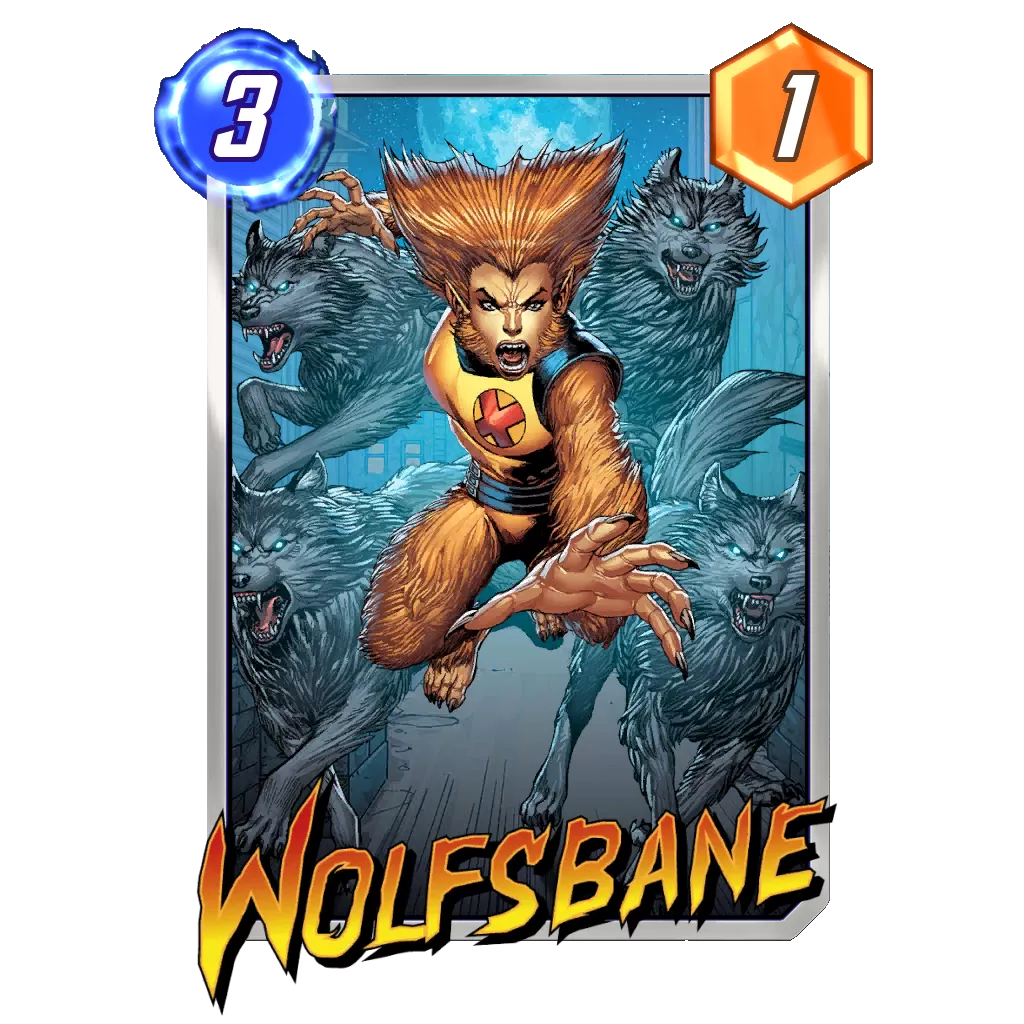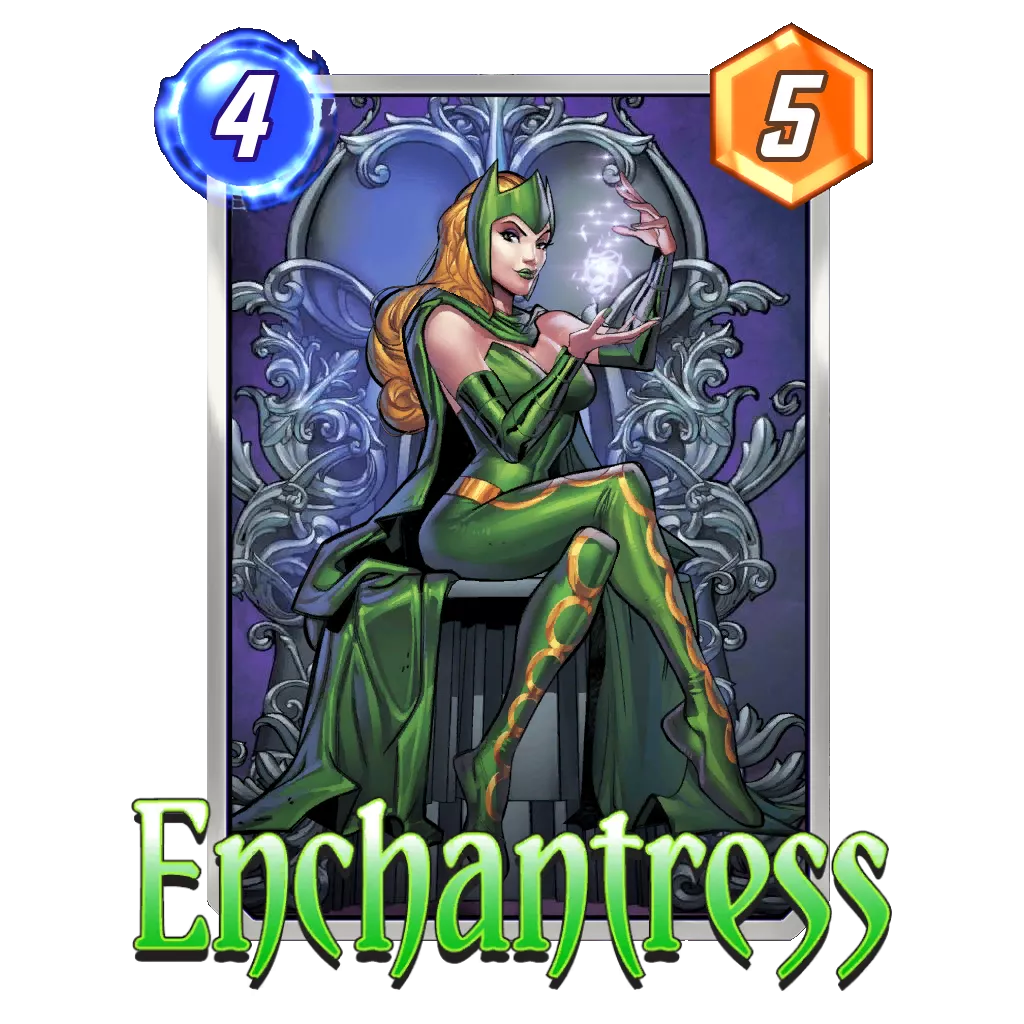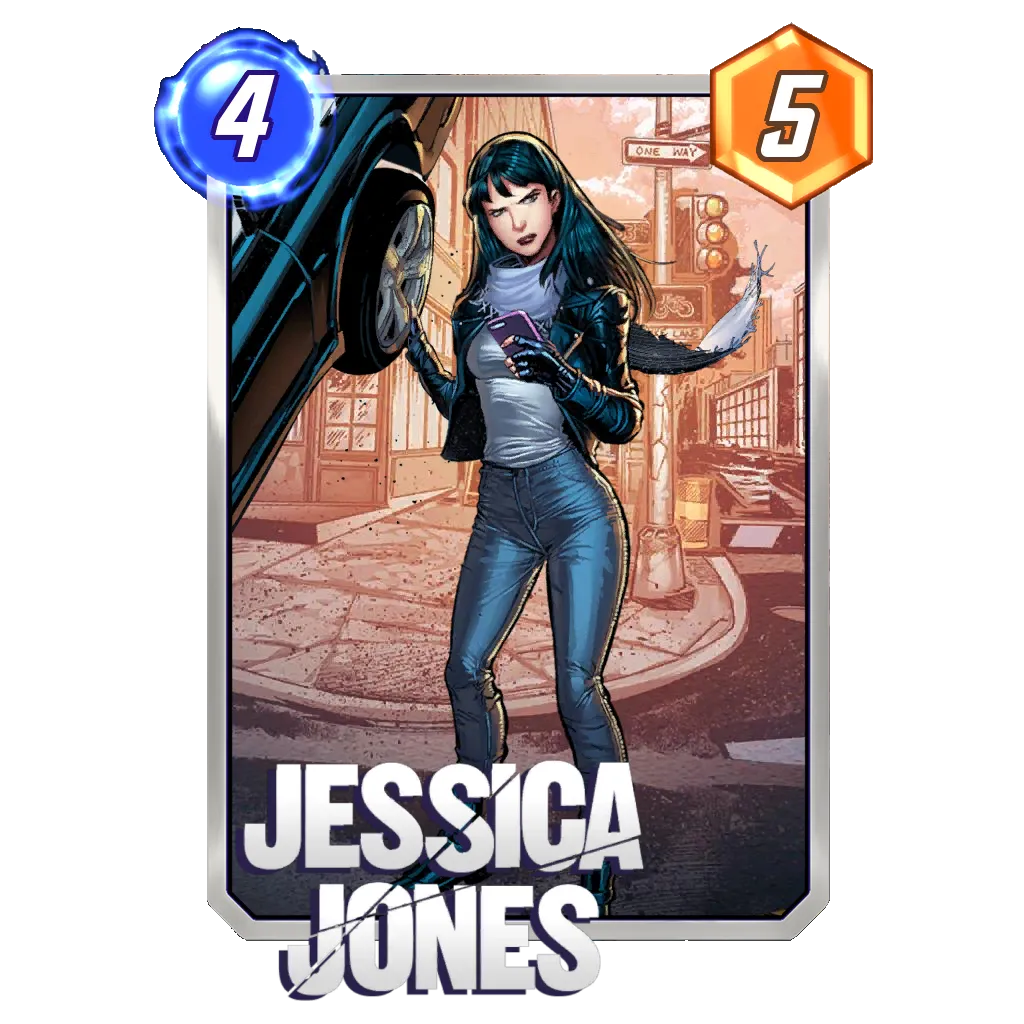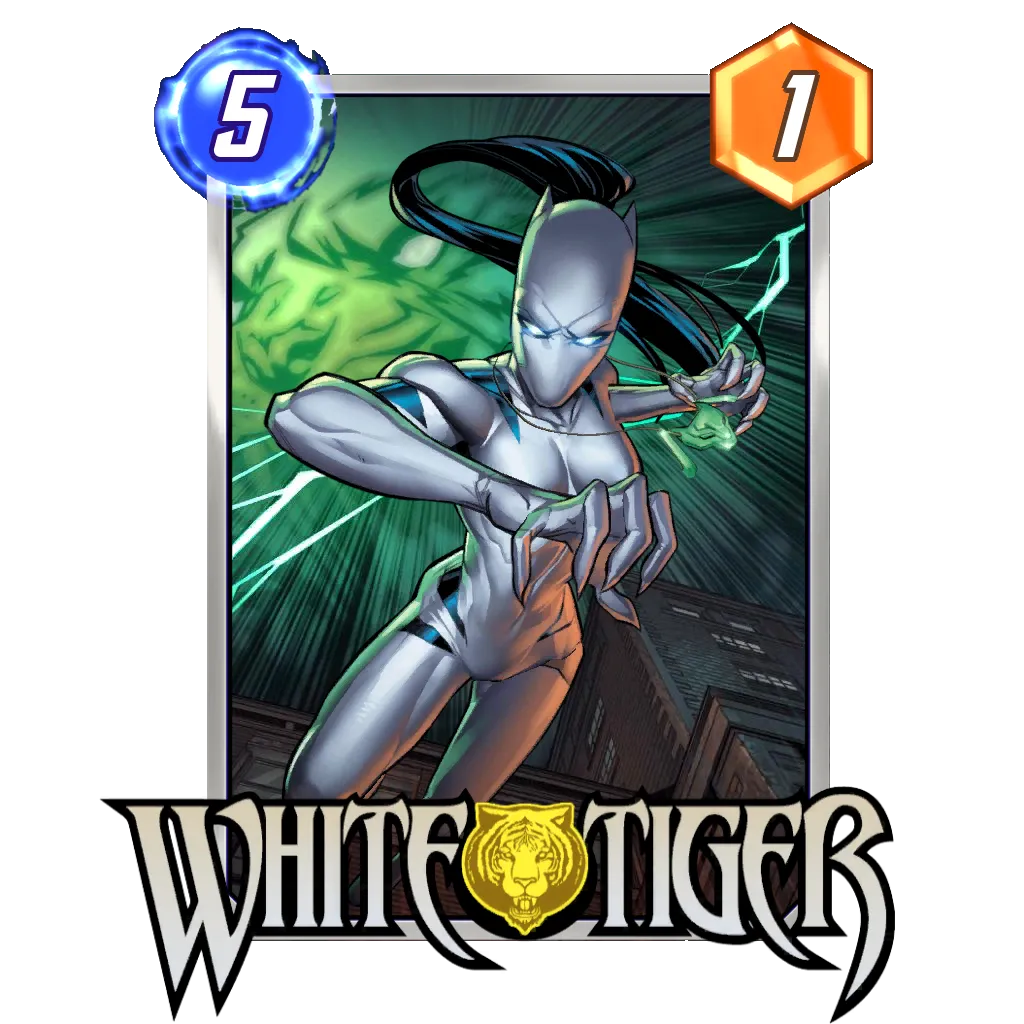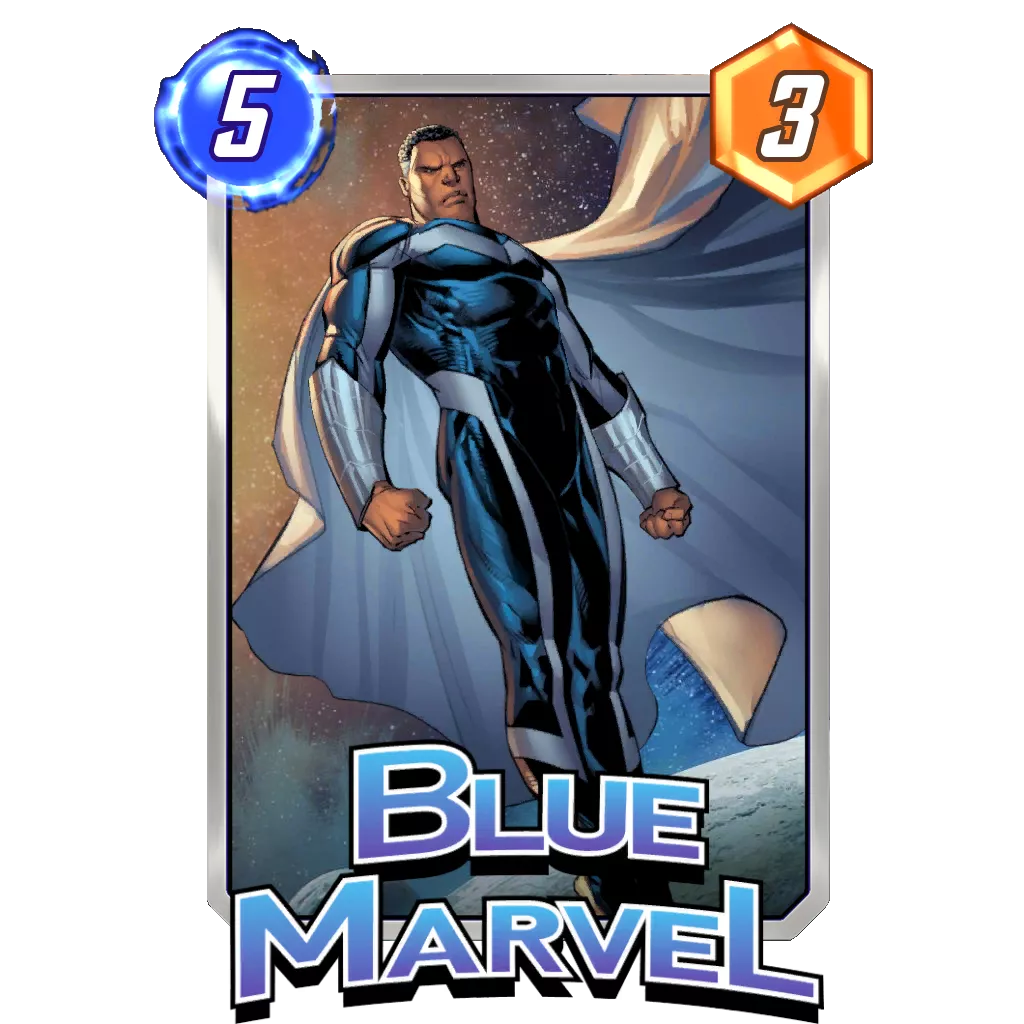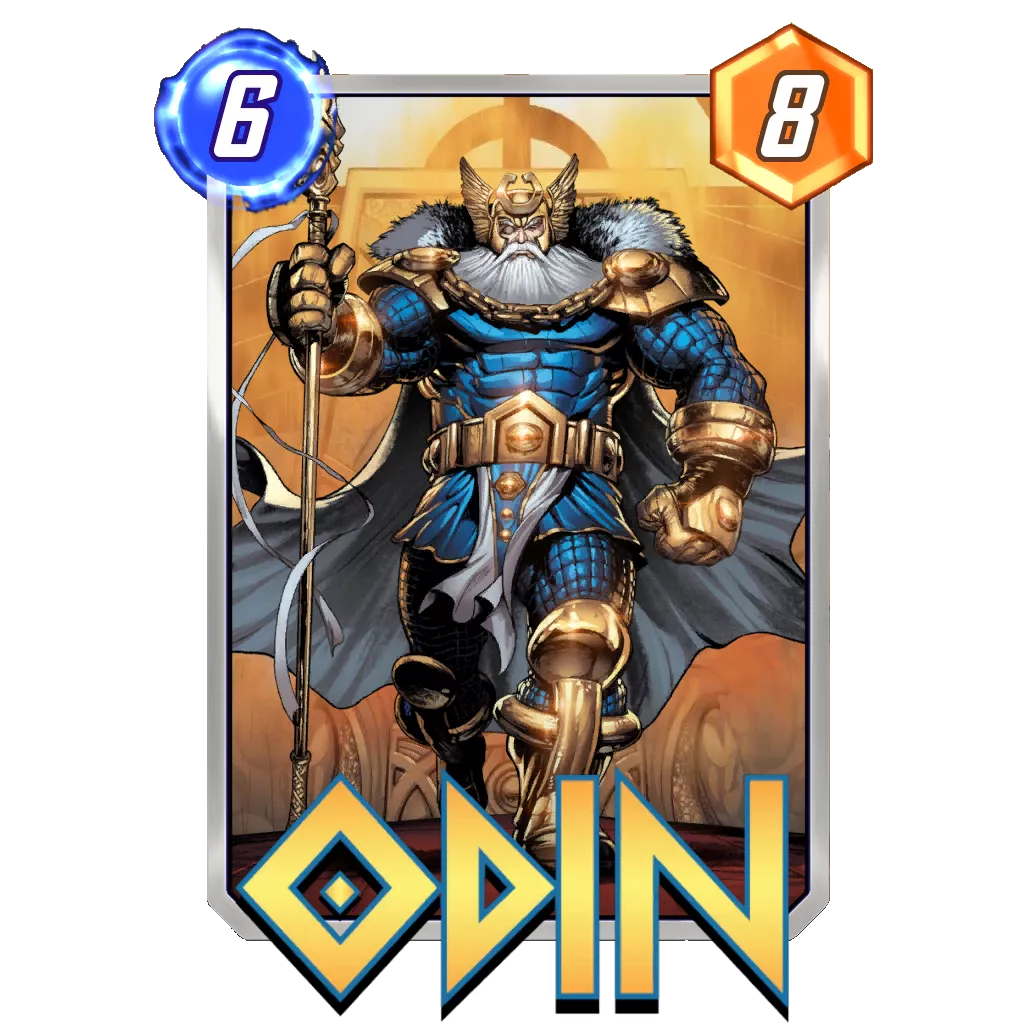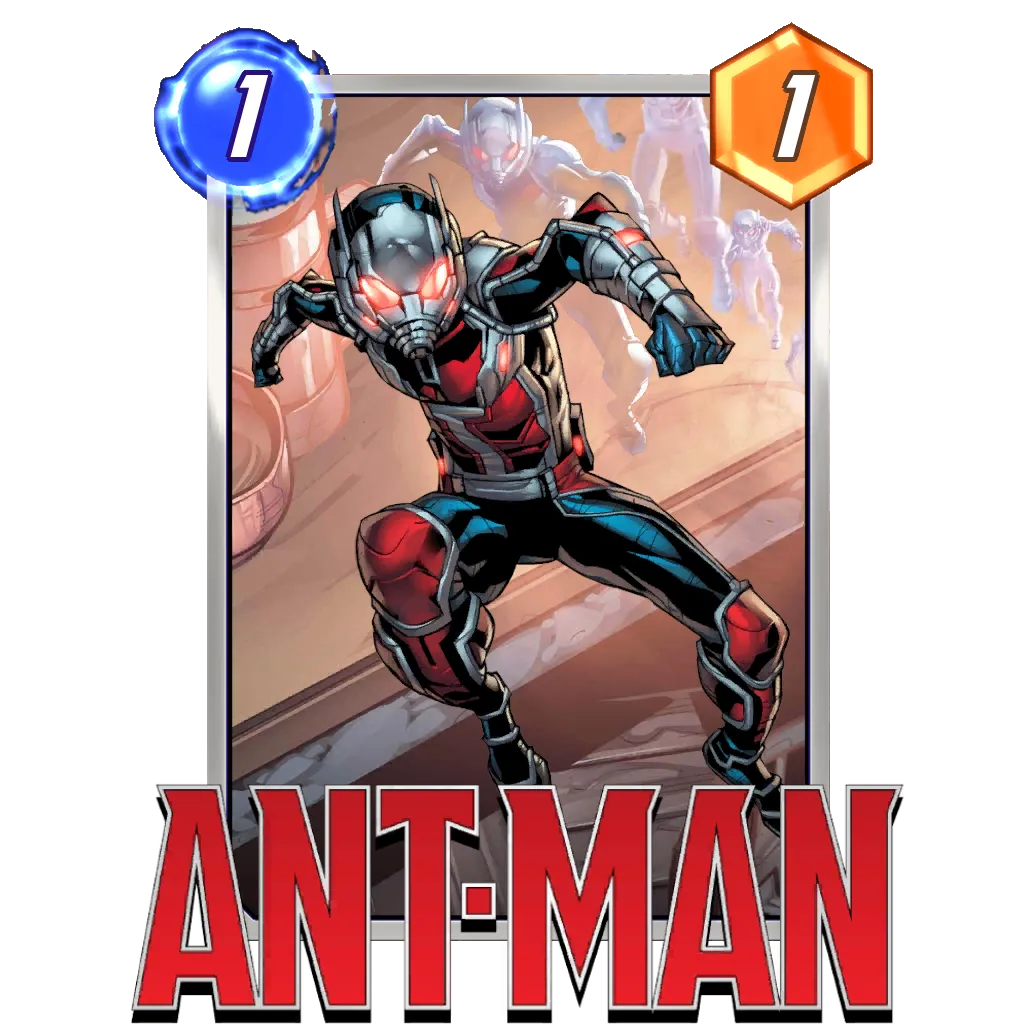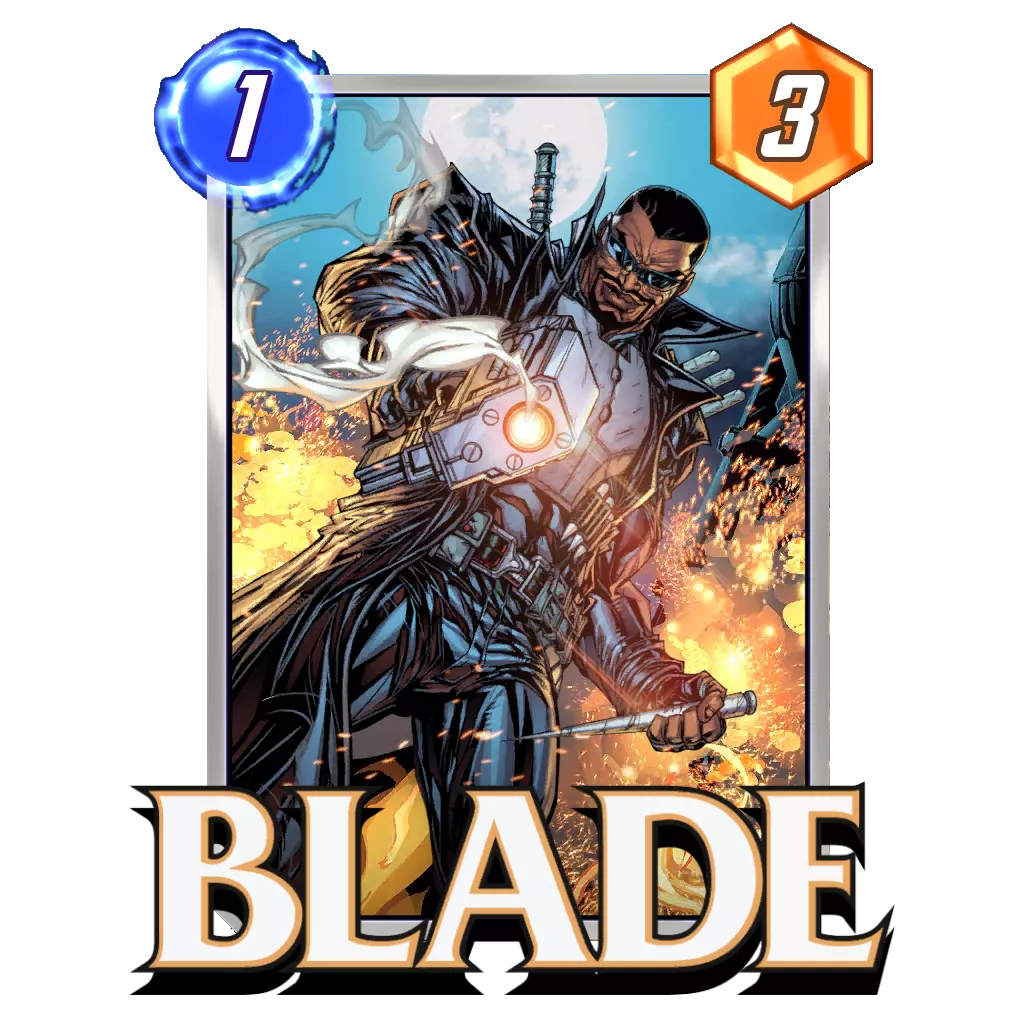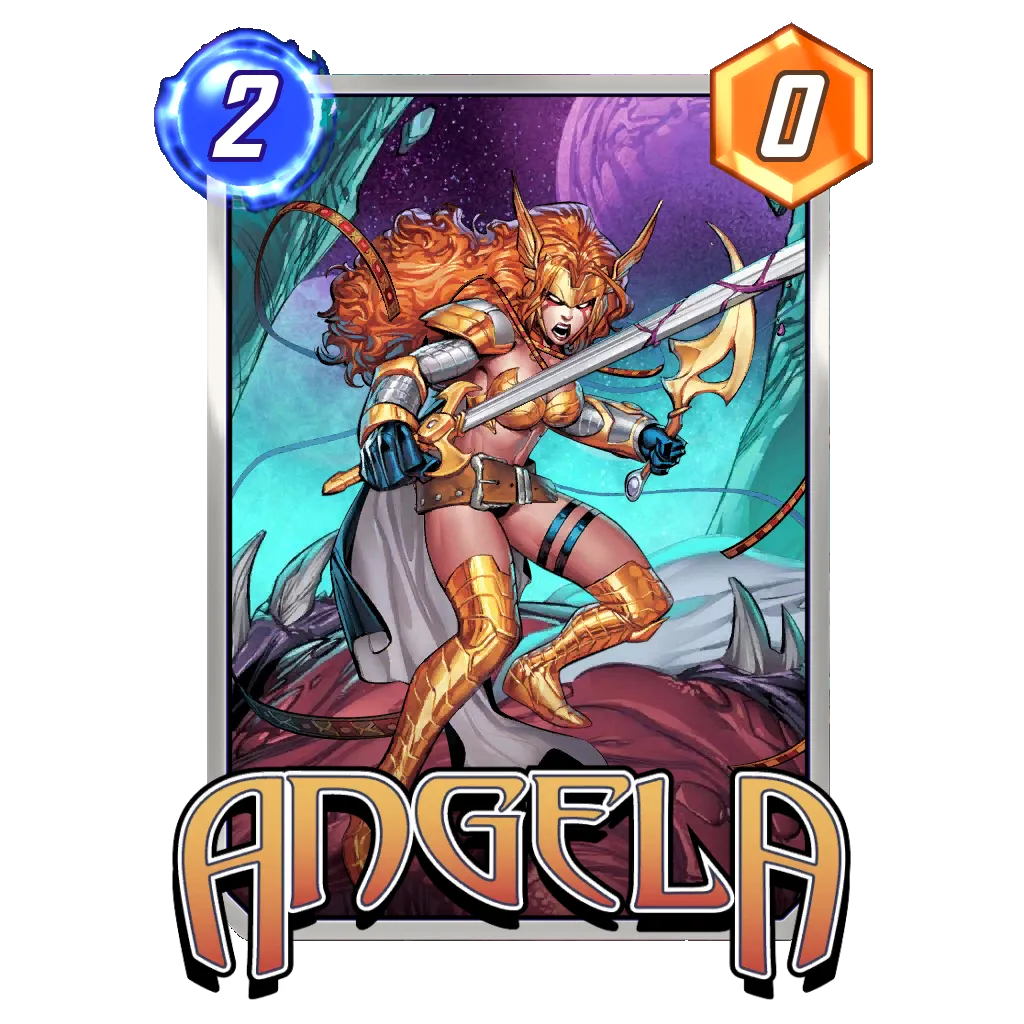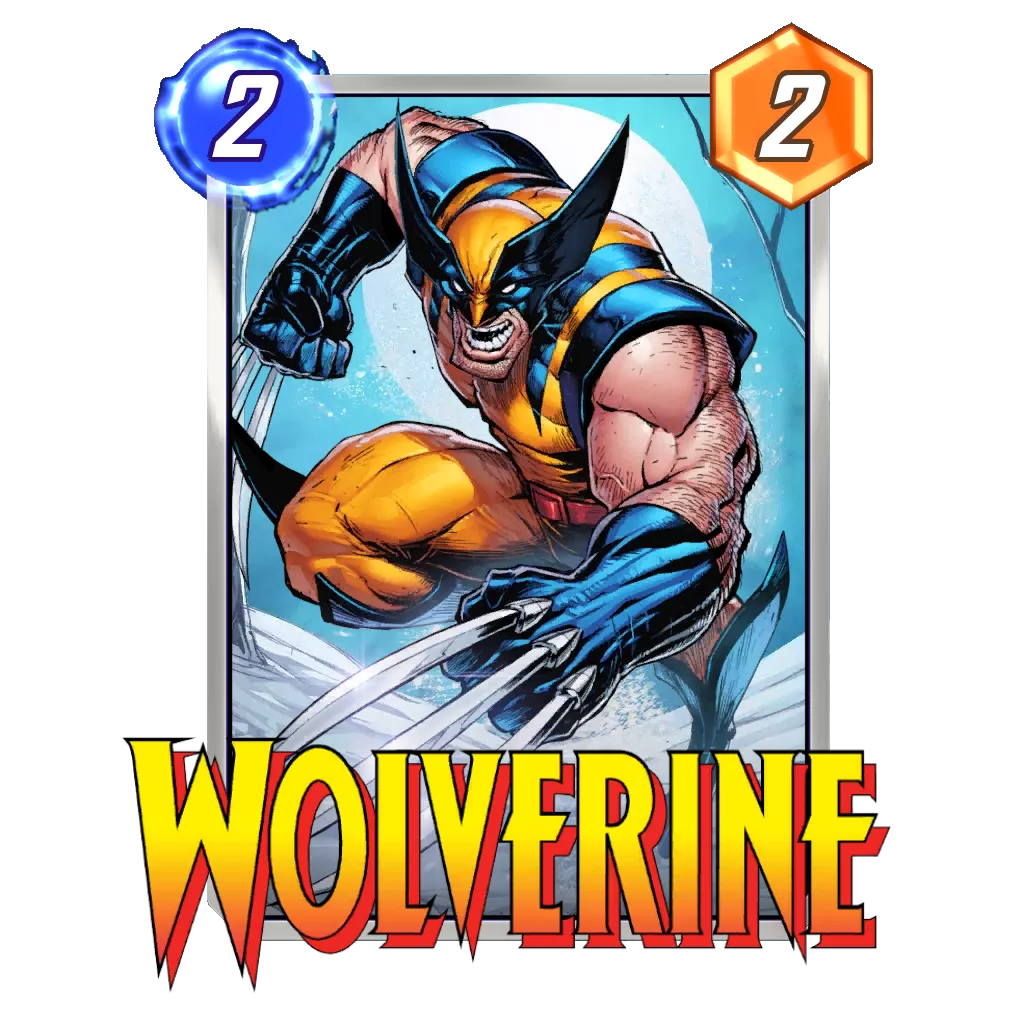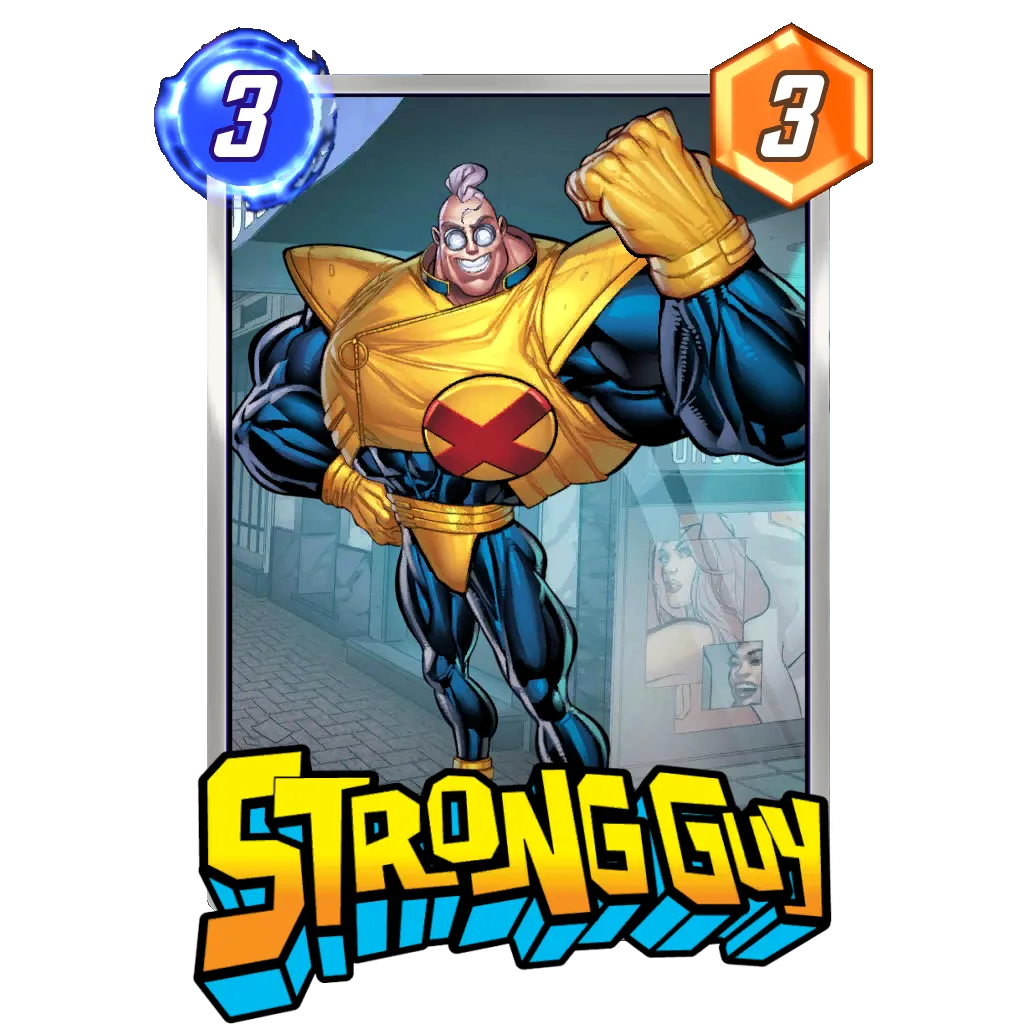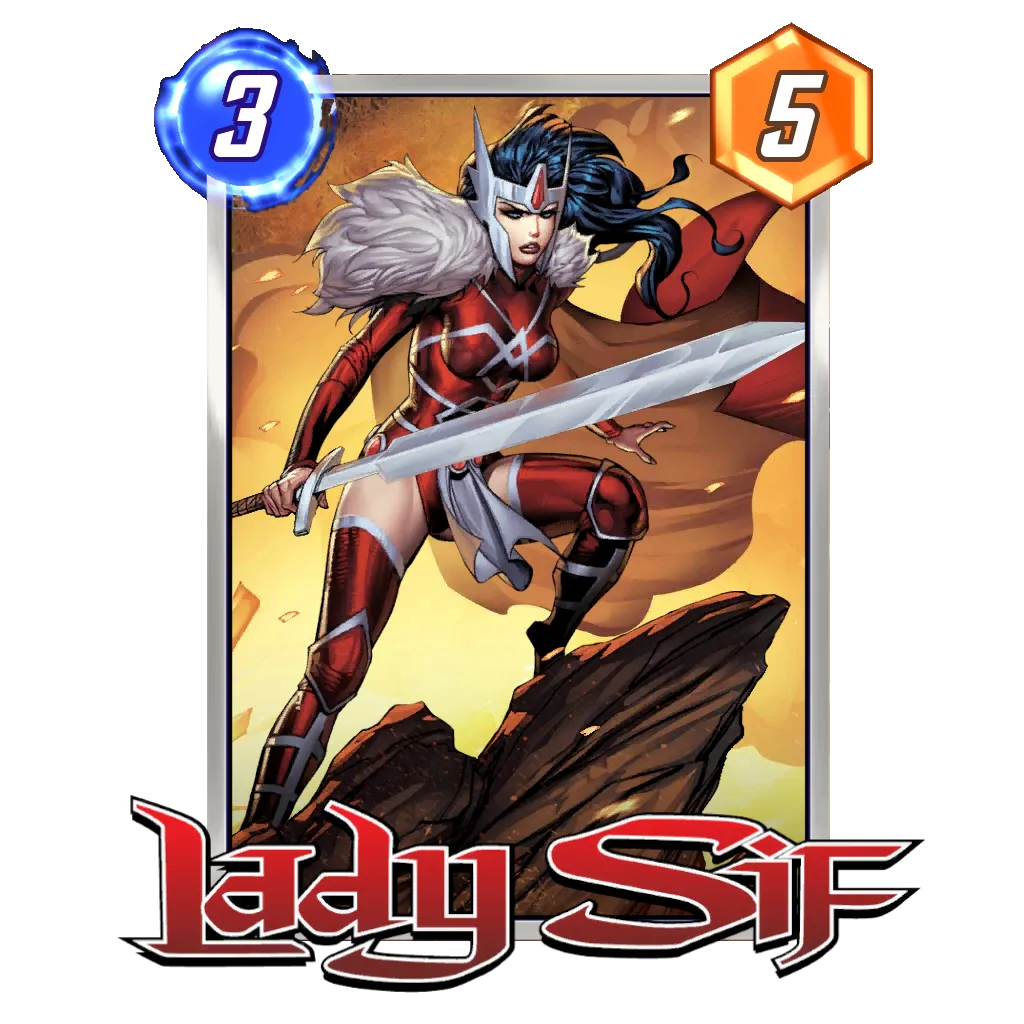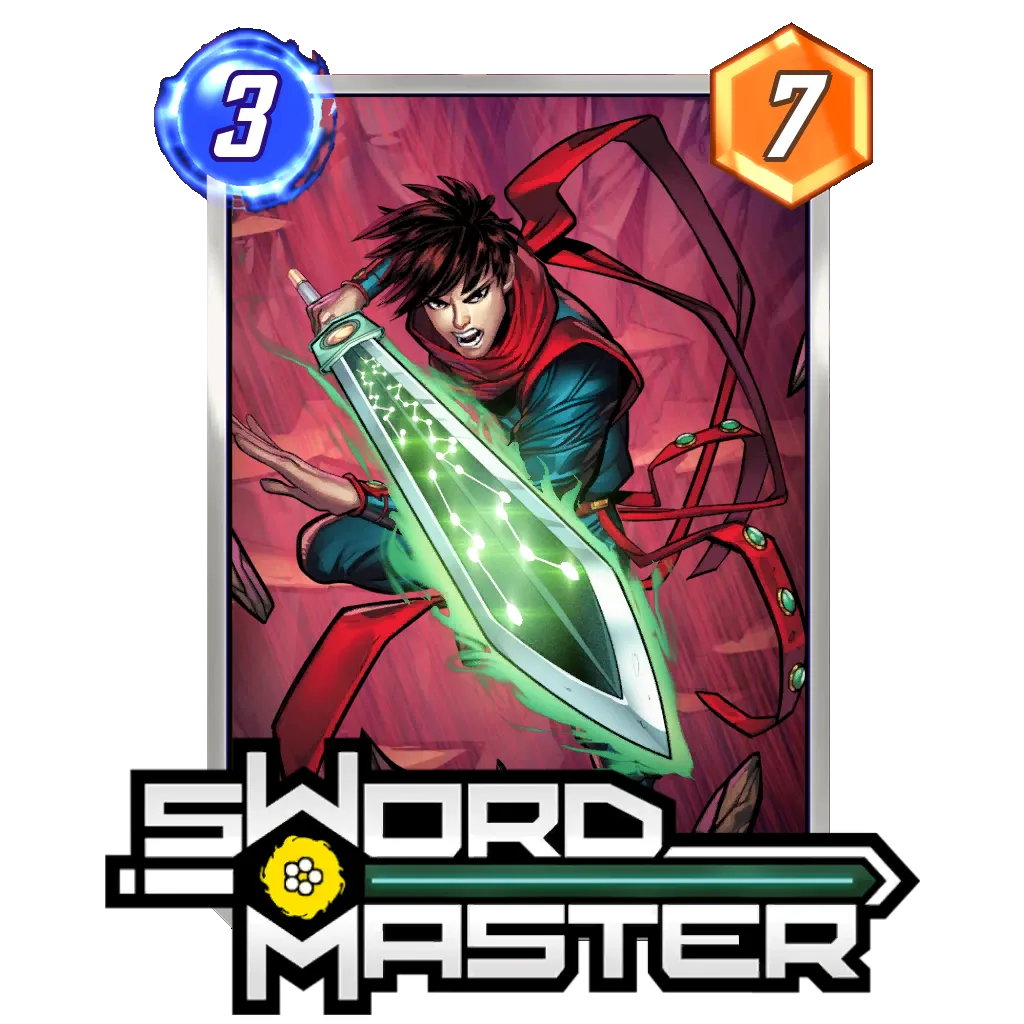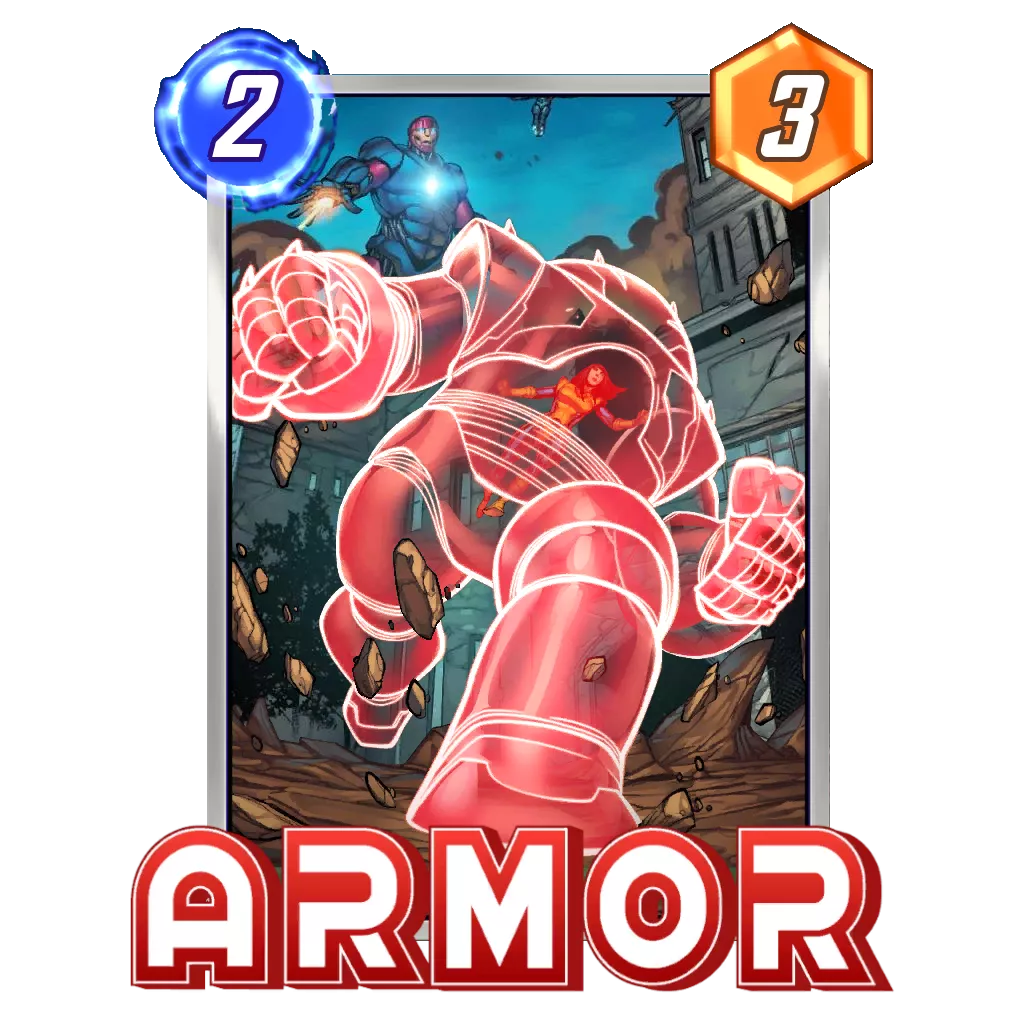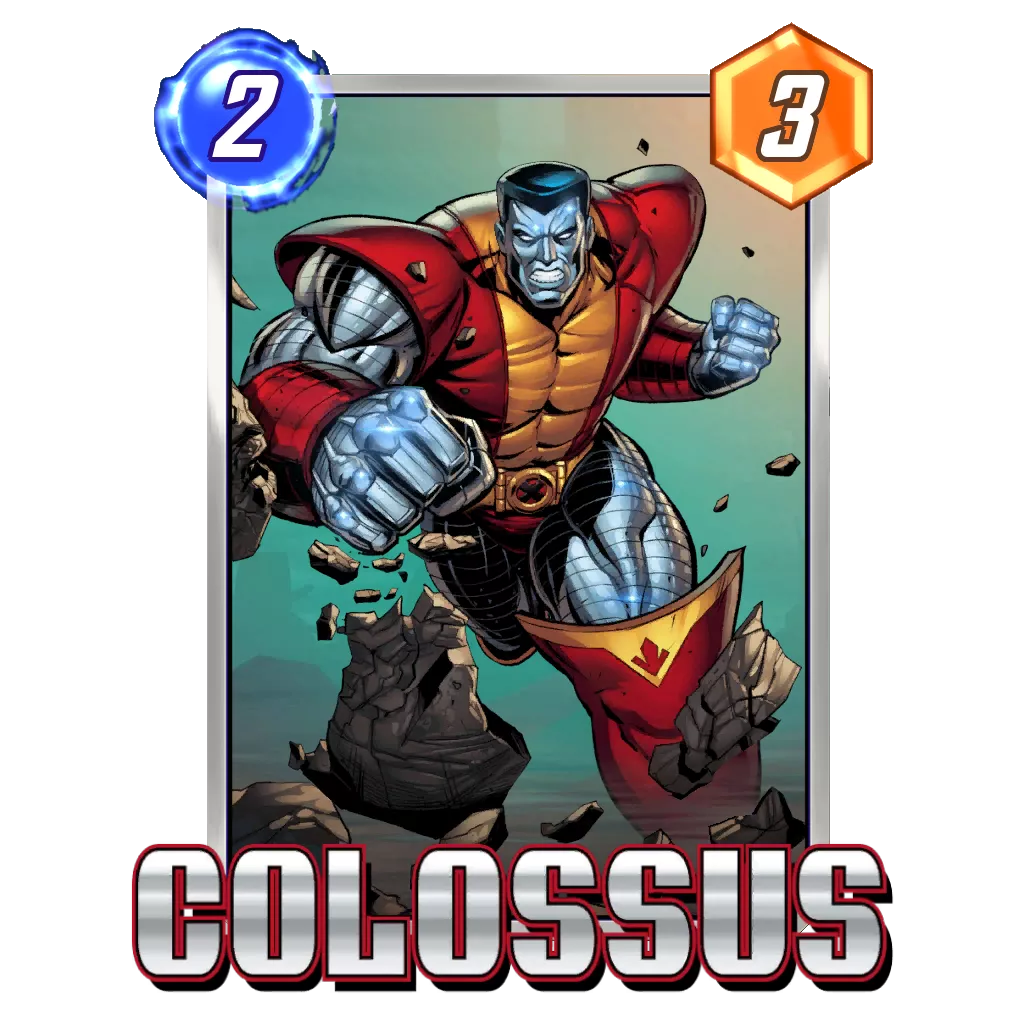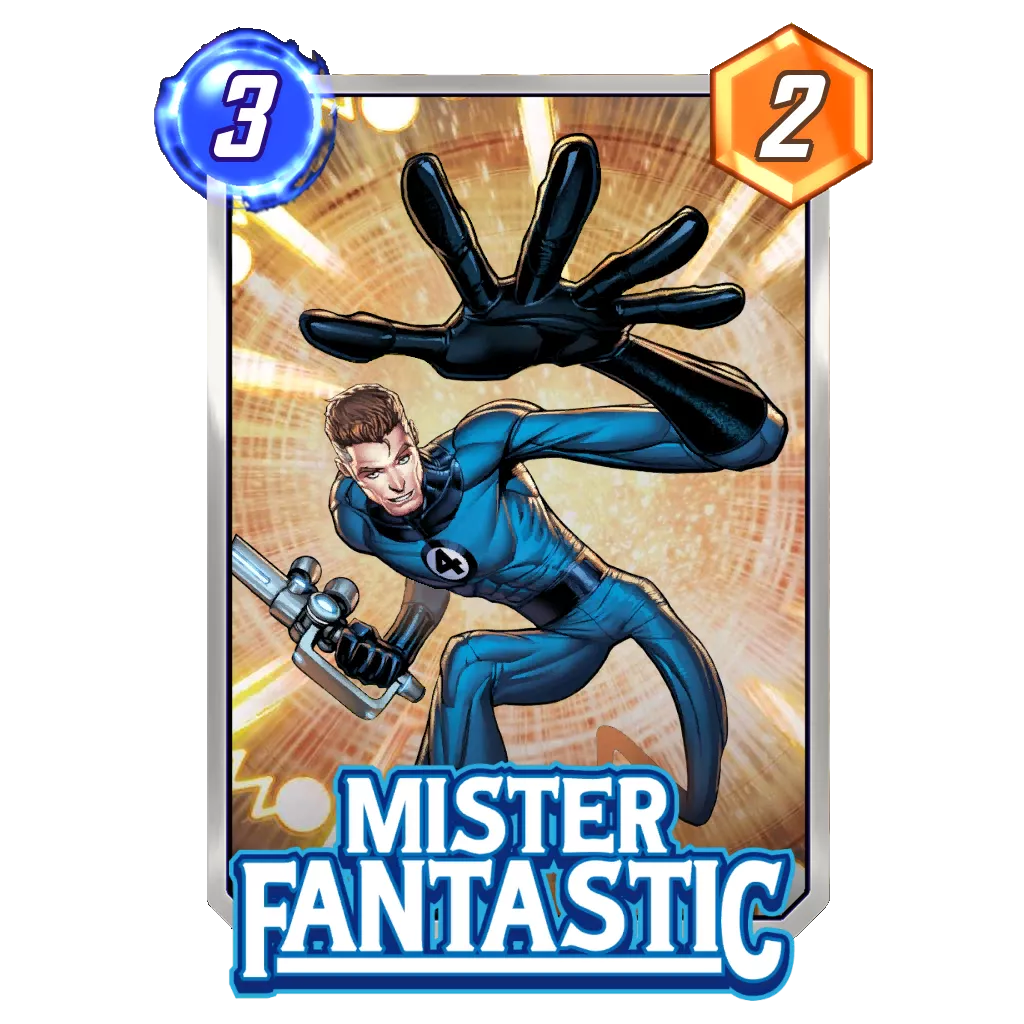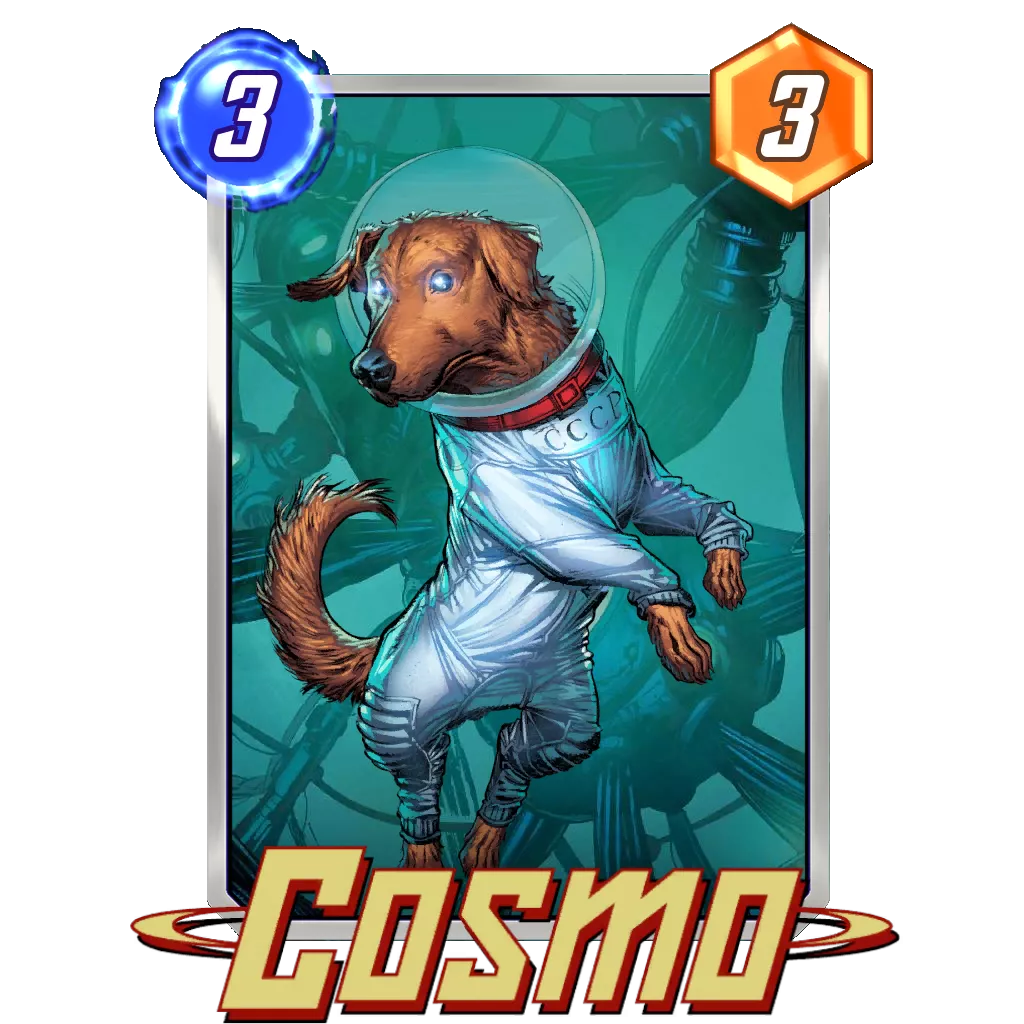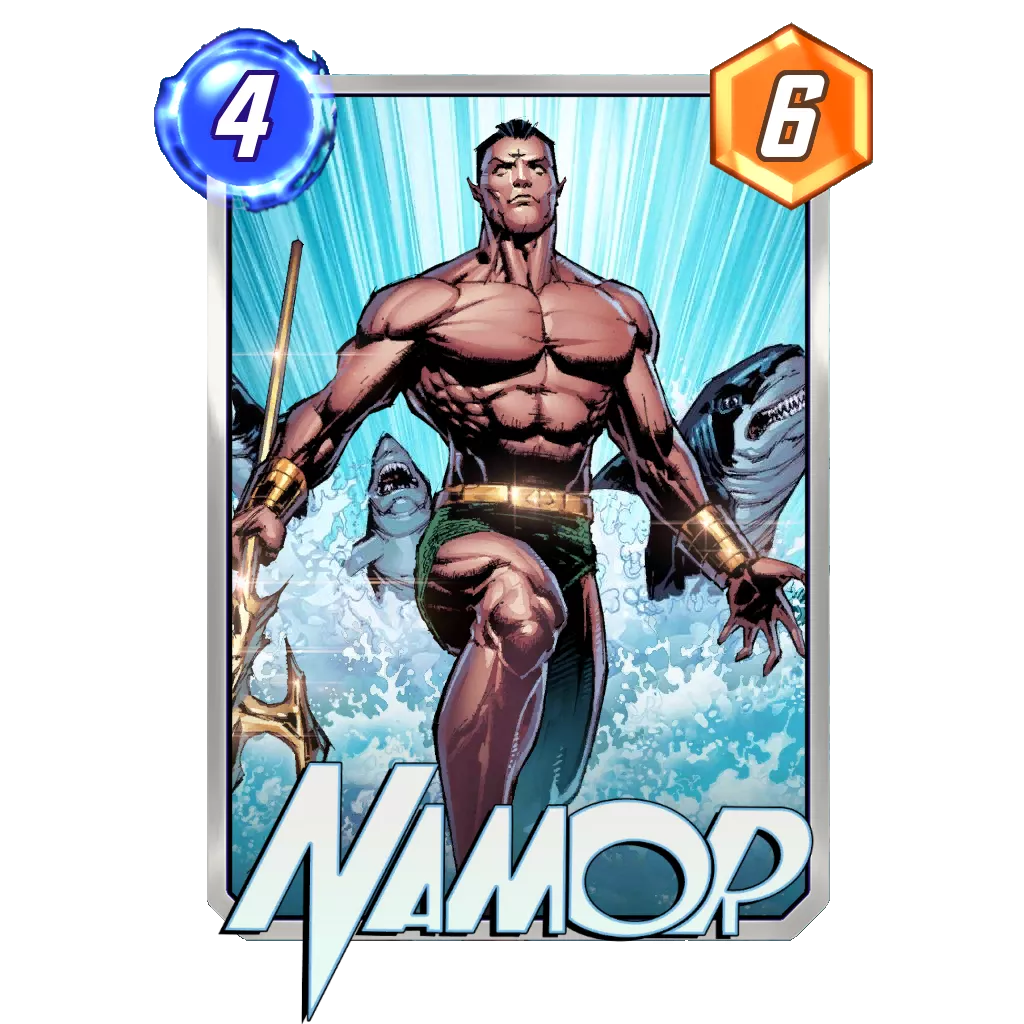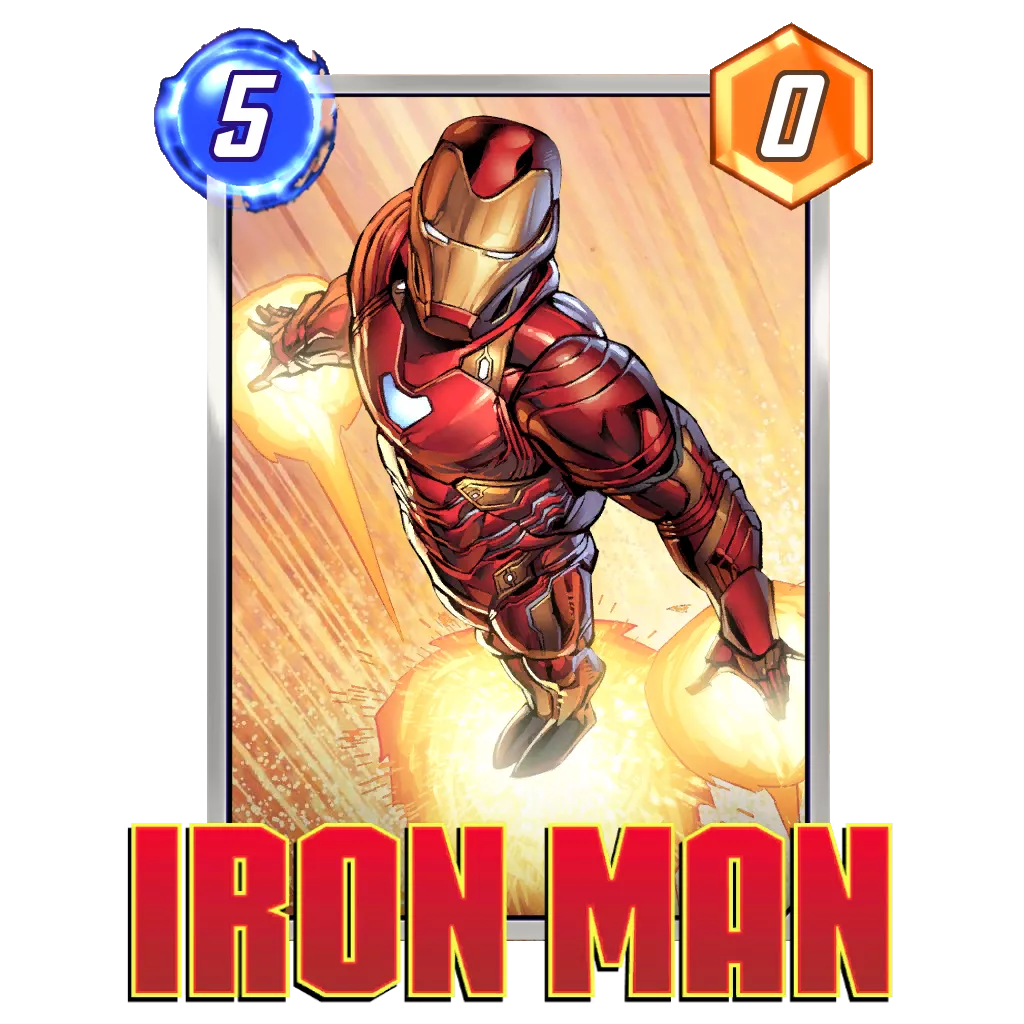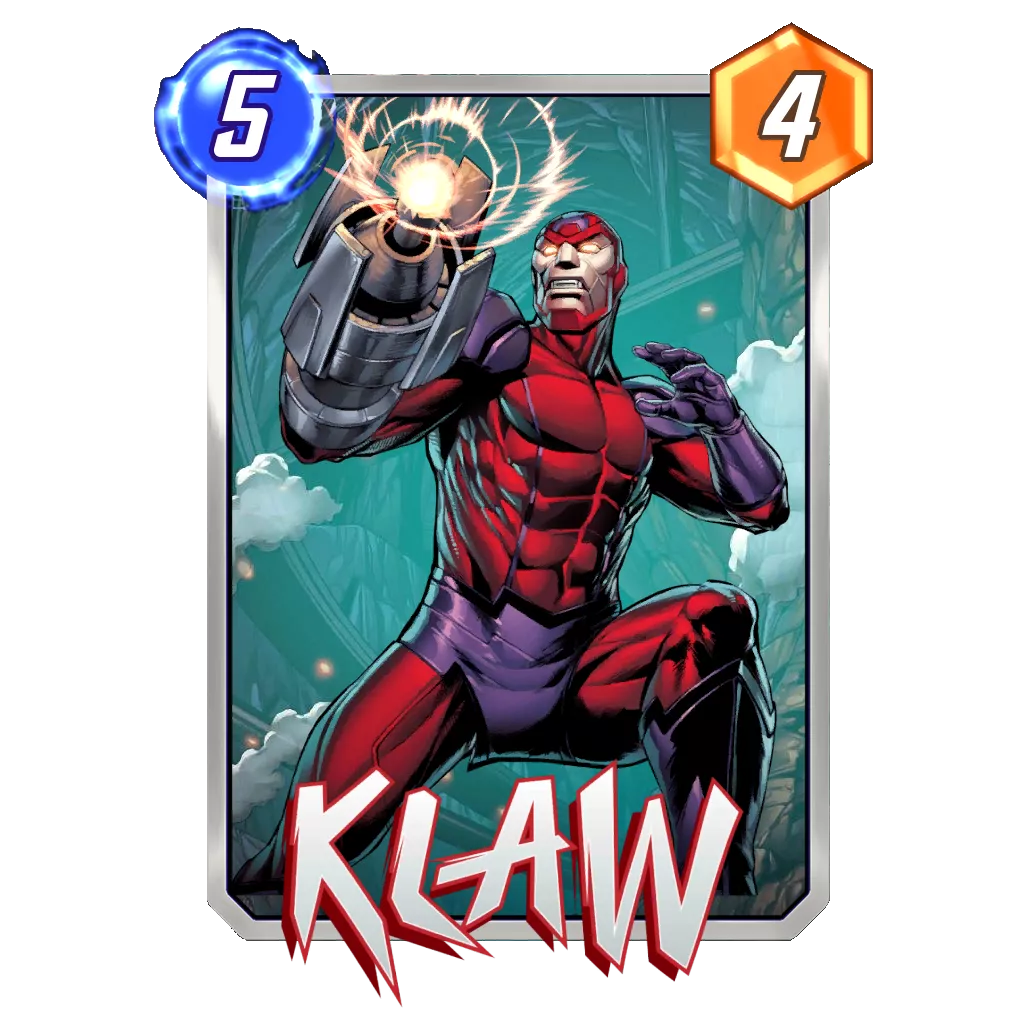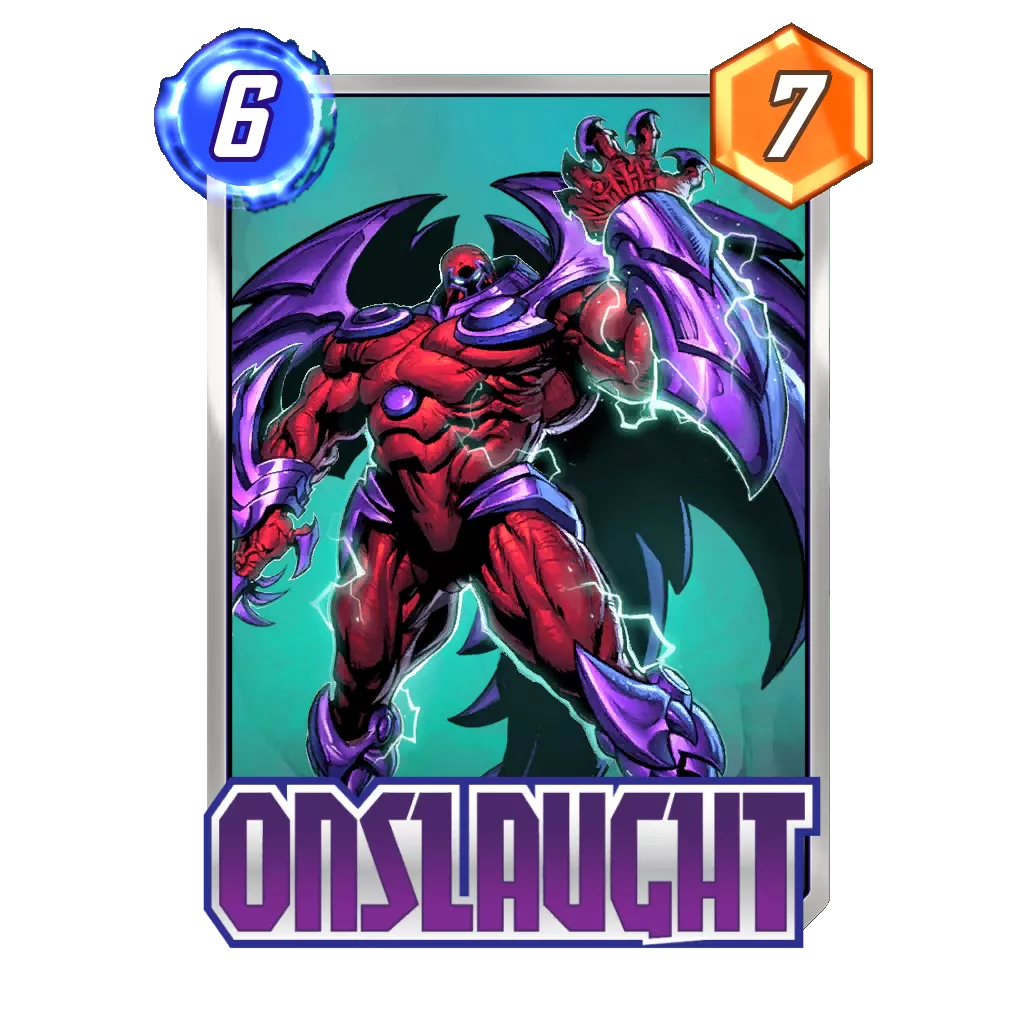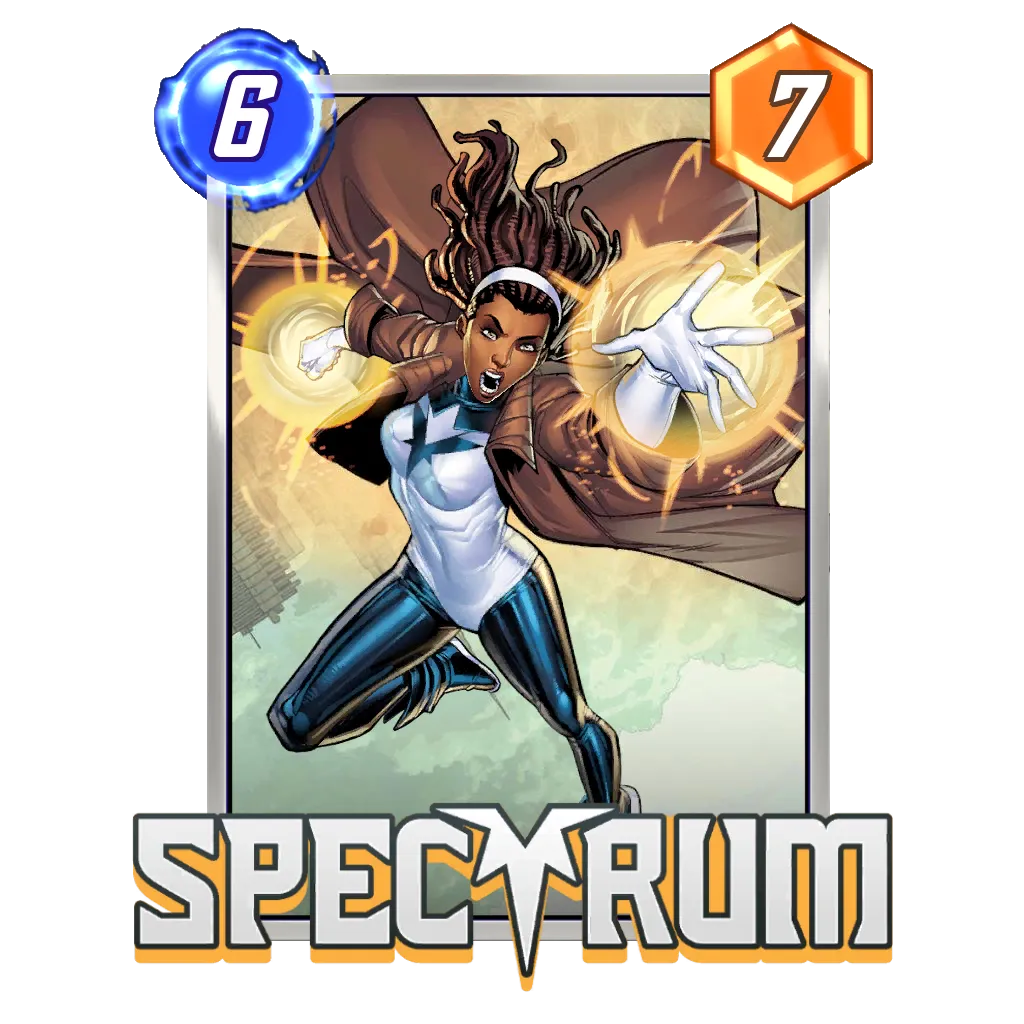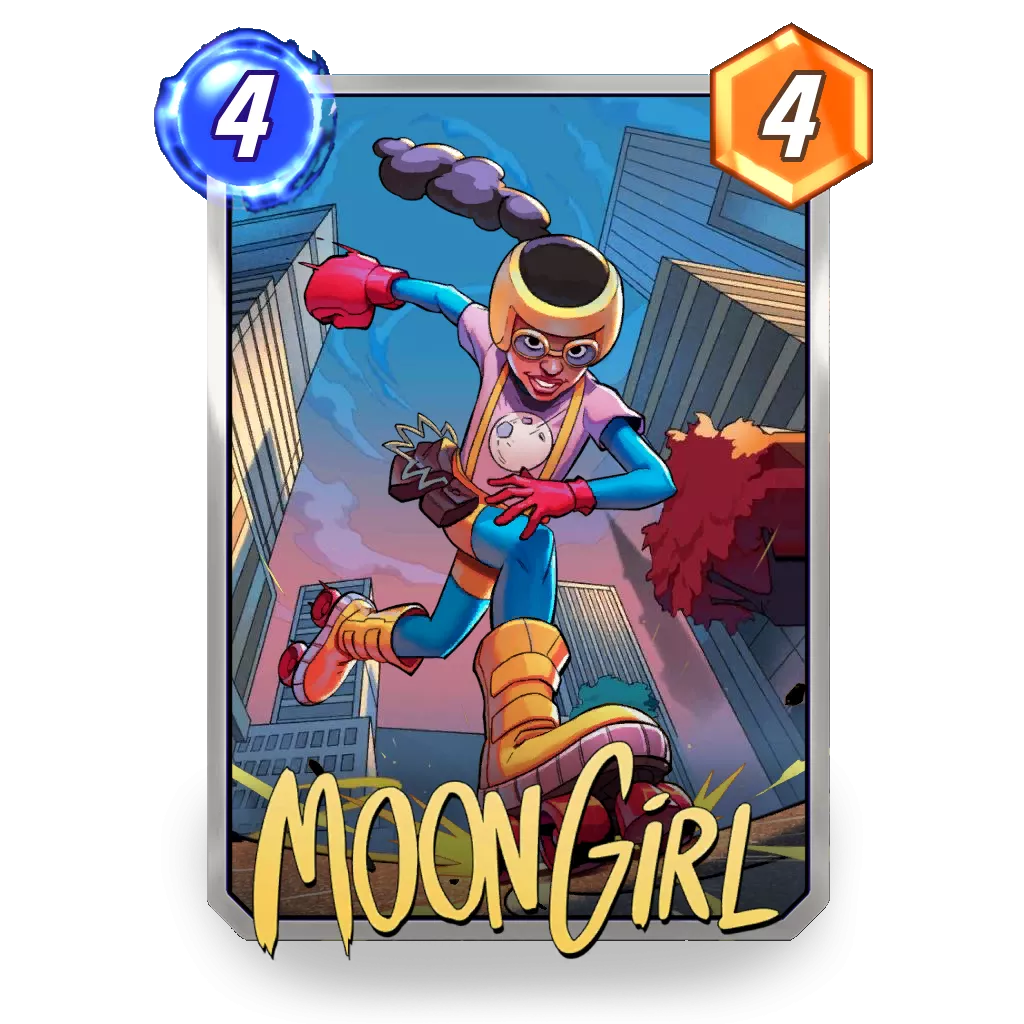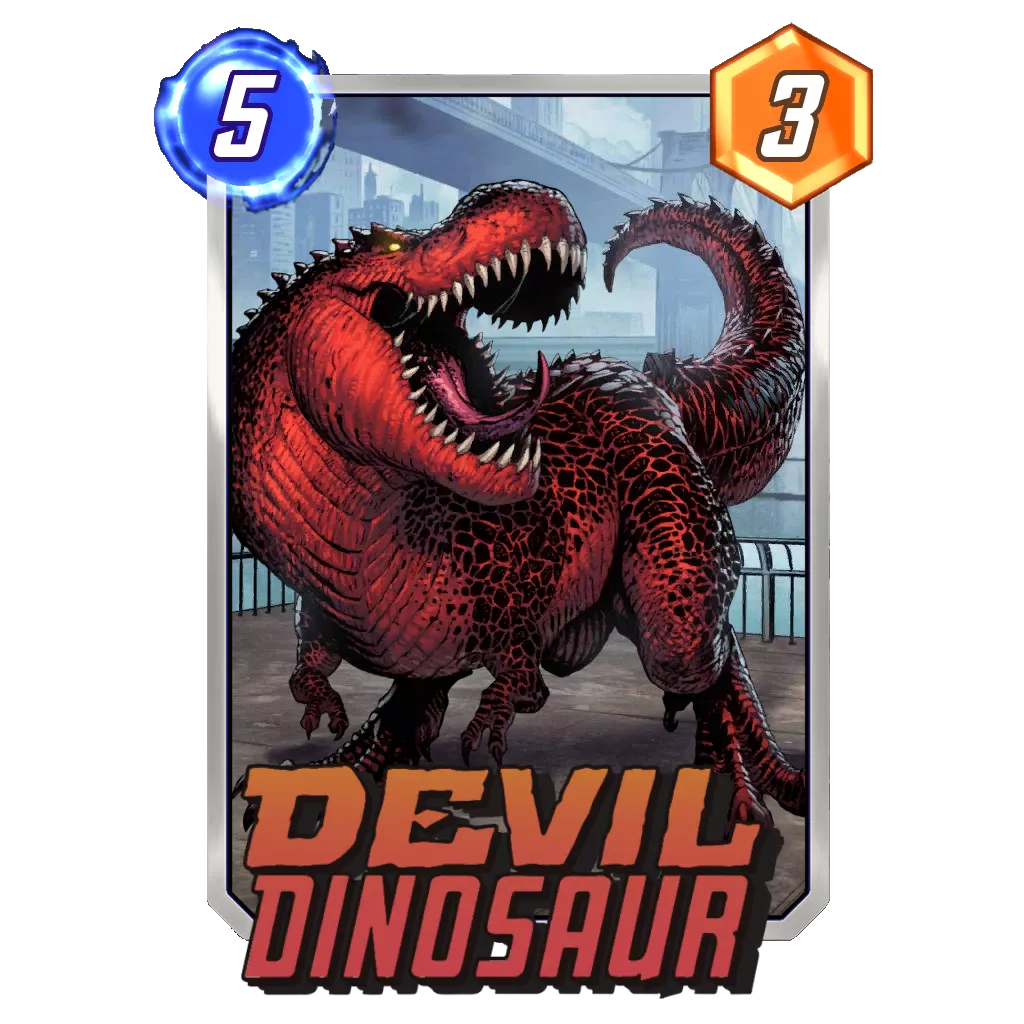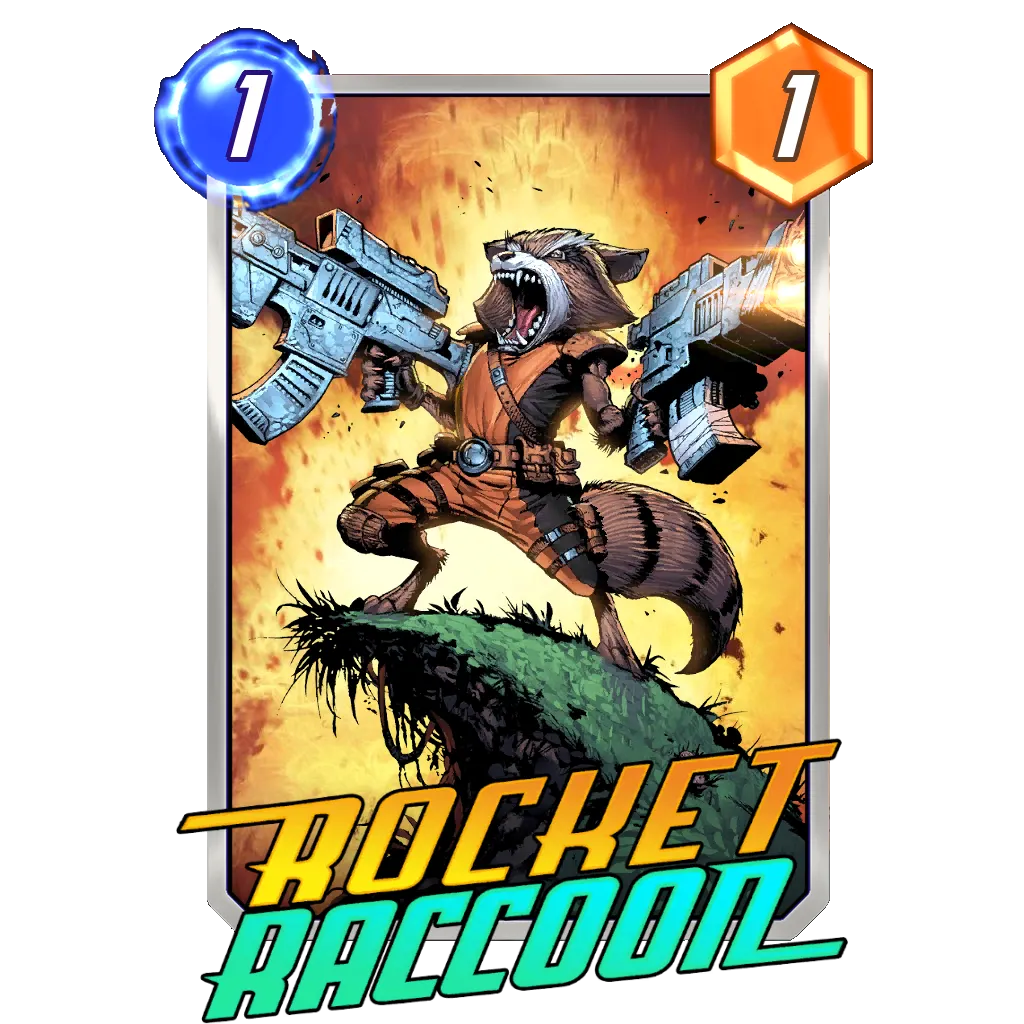Table of Contents
Since Marvel Snap’s global release on October 18, 2022, we’re still having more and more new players joining every day, as the game is a bit of an attraction in the card game world. For someone picking up Marvel Snap recently, It can quickly be frustrating to face more competitive decks while you are still experimenting with the few cards you have at your disposal. This piece is here to try to help you solve this issue, tackle the best things we can look to do with the cards we’re going to have to play with inside Pool (Series) 1!
| Series | Collection Level # | Card # | Decks | Tier List |
|---|---|---|---|---|
| Pool One | Collection Level 18 - 214 | 46 cards | Decks | Tier List |
| Pool Two | Collection Level 222 - 474 | 25 cards | Decks | Tier List |
| Pool Three | Collection Level 486+ | 104 cards | Decks (Beginner) Decks (Advanced) | Tier List |
| Series Four | Collection Level 486+ - Rare | 24 cards | Decks | Tier List |
| Series Five | Collection Level 486+ - Ultra Rare | 30 cards | Decks | Tier List |
| Unreleased | Release and Series Drop Schedule | 34 cards |
In this article, I will highlight five decks that are entirely built around cards you get from the first pool of the Mystery Card rewards (Collection Level 18-214) and the Starter Cards that everyone gets. Obviously, these decks aren’t optimal, but they should allow you to start your competitive journey and have an idea of various directions you can take when building your first brews, and moving on up to Series 2. Furthermore, you will face players of similar Collection Level thanks to the matchmaking system, so you will be more likely to face fellow Pool 1 players.
The Kazoo build is considered the best deck on this list, and could easily follow you for a large part of your journey, even taking you to the Infinite rank in the process. So if you enjoy this type of gameplay, you can safely invest into this one and start learning its intricacies. Devil Dinosaur and Moon Girl is another duo you could see a lot of in Marvel Snap, and represents the backbone of the Handsize archetype alongside Sentinel.
For more Pool 1 decks by our community, check out our deck database!
Series 1 On Reveal Deck
The On Reveal mechanic is one of the strongest one when it works out, as a Turn 6 Odin on a location with White Tiger and other similar effects could very well win you two locations on the spot.
In the first few turns, we are looking to play for points, which should last until turn three or four. In those turns, spent your energies efficiently and try to compete for the various locations. There are two main play patterns available, one being to fill a location and topping it off with Jessica Jones for a solid nine additional points. Wolfsbane is another way to do it, as the card is worth seven points on a full location, or can be reactivated by Odin later on.
The second one would look to value Ironheart on turn three if we have all our 1-Costs in play or Mister Sinister to reach three units on the board by turn 3. Squirrel Girl is great to strengthen that second game plan, and works wonderfully with Blue Marvel later in the match.
However, the flexibility provided by Nightcrawler makes the card the real star in the 1-cost department. It allows filling a location for Wolfsbane, then move Nightcrawler to open some space to keep playing cards on that location later on.
It can usually be good to get 3 cards on the location we do not plan on being competitive for early on. This way, we can play White Tiger as the fourth card and make sure the Tiger lands somewhere we want to fight for points. Ironheart is another card we are happy to slam at the location we aren’t expecting to end up on top. Also, try to plan ahead on where you would want your Odin to end up, so you stack the On Reveal effect on that location, for some fireworks on turn six. Ironheart or Wolfsbane plus White Tiger are nice duos in order to affect both the location and an extra one at once when playing Odin.
Enchantress is the tech card in the list and can be replaced to adapt to the metagame. Being an On Reveal card, she is pretty juicy as we can reactivate her with Odin later on, but feel free to experiment with that slot. White Queen would be a good default card in the deck as a replacement, as she can provide with another big card to play if Odin was stuck at the bottom of the deck.
Series 1 Discard Aggro Deck
Every card game beginner typically likes a good aggressive deck to get started, and this deck might be just what you are looking for. I would prefer a pure Kazoo build if you are about being competitive, but the Discard synergy as more of a surprising element to it.
Based around the idea of trying to discard in order to get a nine power Strong Guy by the end of the game, this deck looks to swarm the board early to empty its hand and discard Wolverine for a free four power card. As such, the early game will usually revolve around Angela and the 1 drops, as a way to get a strong presence on a location, in order to force the opponent to also invest into it, or abandon it early.
Here is a breakdown of how each 1-Cost card contributes to the deck:
- Nightcrawler: Flexible card to reach unplayable locations. Also, you can play the card behind Angela and then move it to buff Angela even more
- Squirrel Girl: A nice way to attack all locations at once, helping Ant Man grow, and receiving buffs from Ka-zar and Blue Marvel.
- Ant Man: A good points contributor and should be very easy to activate in this deck
- Blade: Part of the discard synergy. The card is also solid points for its cost
- Elektra: A solid card early on in Marvel Snap considering everyone is running a 1-cost of some sort. You should be able to get it out of your hand early on, simply removing a card for your opponent.
The discard synergy will come in later in the match, sometimes only on turn six, as we could just play Ka-zar and Blue Marvel on turns four and five. Then, as long as our hand is four cards, Lady Sif and Sword Master will empty it to activate Strong Guy. Talking about our biggest points contributor, don’t feel pressed to play it early, as keeping it a surprise can go a long way into catching your opponent off guard. Then, if you were off to a slow start, you could very well build a turn six with Strong Guy, Blade and two other 1-costs to develop a lot of points at once.
There is another way to build this deck, with Apocalypse and America Chavez replacing Strong Guy and Blue Marvel, but it tends to be a little more rigid in the way it plays. With this iteration of the deck, you should have plenty of flexibility regarding how you want to use your energy, and keep your opponent guessing where the major chunk of your points will end up being.
Series 1 Ongoing Deck
The Ongoing synergy is usually a fan favourite when starting Marvel Snap. The cards provide a continuous effect, allowing us to both fight for immediate control of a location, and also build for the future.
When limited to Pool 1 cards, it is hard to play a great Ongoing deck, but it still has a lot of merit as Spectrum or Iron Man represent a lot of points on their own.
Play pattern wise, this deck isn’t trying to make it too complicated, and would rather rely on the surprise effect provided by Klaw or Spectrum in the late game than trying to build a flexible turn six with several cards played at once. Early on, we want to develop Ongoing cards, on one or two locations, as Namor can contest on its own on the third one.
Seizing priority can also be very important as we have Cosmo in our deck, a card which is much stronger if we reveal our cards before our opponent does. On the last turn, we can use Onslaught on Klaw and Mister Fantastic location to push two locations at once, or simply use Spectrum to buff most of our cards.
With Spectrum in hand, turn five can be flexible, aiming at playing as many Ongoing cards as possible, adding more recipients to the incoming buff. Otherwise, Iron Man and Klaw are solid turn five, the former aims at dominating location we can still impact with Spectrum, Klaw or Mister Fantastic, while the latter helps to spread points better.
Series 1 Good Cards Devil Dinosaur Deck
In every card game, there is a deck that is simply built around strong cards, even if they aren’t all making sense together. It leads to a deck with several little packages of cards, all strong on their own, but able to find some small similarities as well.
In Marvel Snap, this archetype is called “Good Cards”, and it’s based around playing solid cards able to impact the game on their own, while leveraging priority for some of our abilities. For example, Cosmo is much better if it reveals first, as it can now snipe cards the opponent played during the turn. Professor X follows a similar logic, as you want to lock the lane before opposing effects trigger, which could summon more units there.
In this Series 1 iteration of the deck, we are mixing some of the best early cards in Marvel Snap for their cost and the On Reveal synergy to create a flexible deck. One able to compete for points on various levels:
- Going tall: Angela, Jessica Jones, Devil Dinosaur generate a lot of points for their cost. They can serve as good anchors to a location we intend to fight for.
- Going wide: Nightcrawler, Mister Fantastic, White Tiger, are cards that allow us to impact various locations at the same time, spreading our points differently compared to going tall.
Compared to other decks with a precise game plan, this build is clearly more difficult to pick up, as it is up to the pilot to visualize the optimal play patterns for each game. In exchange for this effort, the deck offers much more flexibility in regard to the locations or the opponent.
The other key element in a Good Cards deck is the ability to adapt the list quite easily compared to other, very synergistic archetypes. For example in this one, you could push the build to be centered around Devil Dinosaur more, including White Queen for example, or slot in more disruptive cards such as Enchantress.
Series 1 Kazoo
Kazoo is an established archetype in Marvel Snap, and has been featured in our Tier List routinely in the past
The reason the deck has managed to stay relevant through most of the game lifespan is its great mix of simplicity and flexibility. It plays a very basic gameplan, relying on flooding the board with cheap units while playing most cards that either benefits from it or help them grow. As a result, you will see many decks labelled Kazoo in your Marvel Snap journey, and they will all include different cards, contributing in various ways to accomplish the archetype overall gameplan.
Angela is one of the better 2-Cost card in the game, as it should grow easily when played on turn two on an empty location. Ka-Zar and Blue Marvel simply makes our cheap cards much better, and rewards us for playing as many as possible. Lastly, considering all of our buffs are Ongoing cards, Onslaught double their effectiveness to make our low-cost units even bigger.
Ideally, if we can get Ka-Zar, Blue Marvel and Onslaught onto the same location, most of our cards should gain +2 or +4 power, representing an insane global buff to our side of the board. Mister Fantastic is included to get another target for Onslaught, if we woul’tn find all our Ongoing cards.
During a game, the most important part of this deck is figuring out how to use our energy, which depends a lot on our hand. Ideally our best curve would be playing 1-Cost cards on turn one and three, and Angela, Ka-Zar, Blue Marvel and Onslaught during the other turns. This curve would fill two locations, while granting all our 1-Cost cards an extra four points, and our other cards an additional two points to their power. When missing one of those, it opens up some energy to fit more 1-Cost cards, or Mister Fantastic and Cosmo, so that we make sure we don’t waste any in the process.
The other upside to a Kazoo deck is the flexibility you have when building it. If you would be missing a card, or simply not like this particular build, you could think about a variety of cards to include, taking a page from the Ongoing synergy as we already play some of those, Discard with the Strong Guy strategy we explored earlier in this article. You could also change the deck to fit your preferred playstyle more, with Bishop, Wolfsbane or Scarlet Witch to name a few.
Closing Words
While all of these decks can be perfected once you get access to Series 2 and Series 3 cards, I have to admit I was surprised at how good some of these are already in those unrefined forms. I believe most of those lists can achieve an excellent rank on the ladder if you put in the time and learn the intricacies of each of them.
Currently, the matchmaking system for Marvel Snap will try to match you against people of the same Collection Level and skill. This should allow you to rank up even with a limited collection, more than enough to earn a few rewards and find new cards as you go.
So if you are looking at starting a free-to-play (F2P) adventure on Marvel Snap, I would definitely recommend starting off with building around one of the basic abilities while you learn the fundamentals of the game. And feel free to make these builds your own and test various cards as well!
I hope this article was helpful to some of you getting started on Marvel Snap. If you have any question about this guide, you can join our community via Discord or message me on Twitter where I post about my card game adventures.
Good Game Everyone.
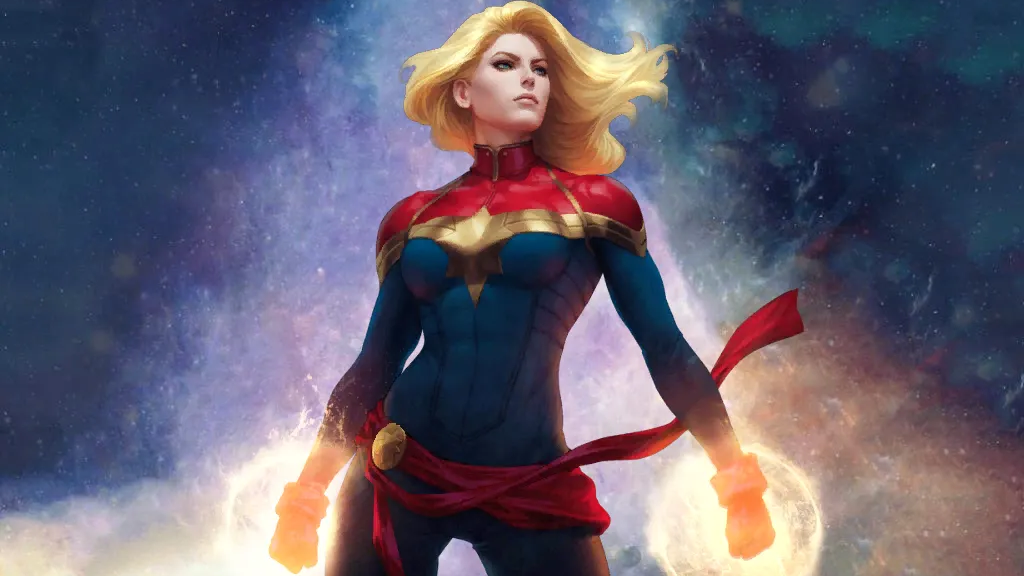
⭐ Premium
Enjoy our content? You can Support Marvel Snap Zone and your favorite content creators by subscribing to our Premium community! Get the most of your Marvel Snap experience with the following perks for paid membership:
- No ads: Browse the entire website ad-free, both display and video.
- Exclusive Content: Get instant access to all our Premium articles!
- Meta Reports: Exclusive daily meta reports, such as the Ultimate Card Metrics Report, Top 10 Decks of the Day, Top 30 Cards, and Top Card Pairs tailored for you!
- Team Coaching: Join our free weekly team coaching call sessions on the Discord server. Claim your Premium role and gain access to exclusive channels where you can learn and discuss in real time!
- Premium Dashboard: Get full instant access to the member-only dashboard, the all-in-one page for all your benefits.
- Support: All your contributions get directly reinvested into the website to increase your viewing experience! You get also get a Premium badge and border on your profile.
- Special offer: For a limited time, use coupon code SBYREX4RL1 to get 50% off the Annual plan!
